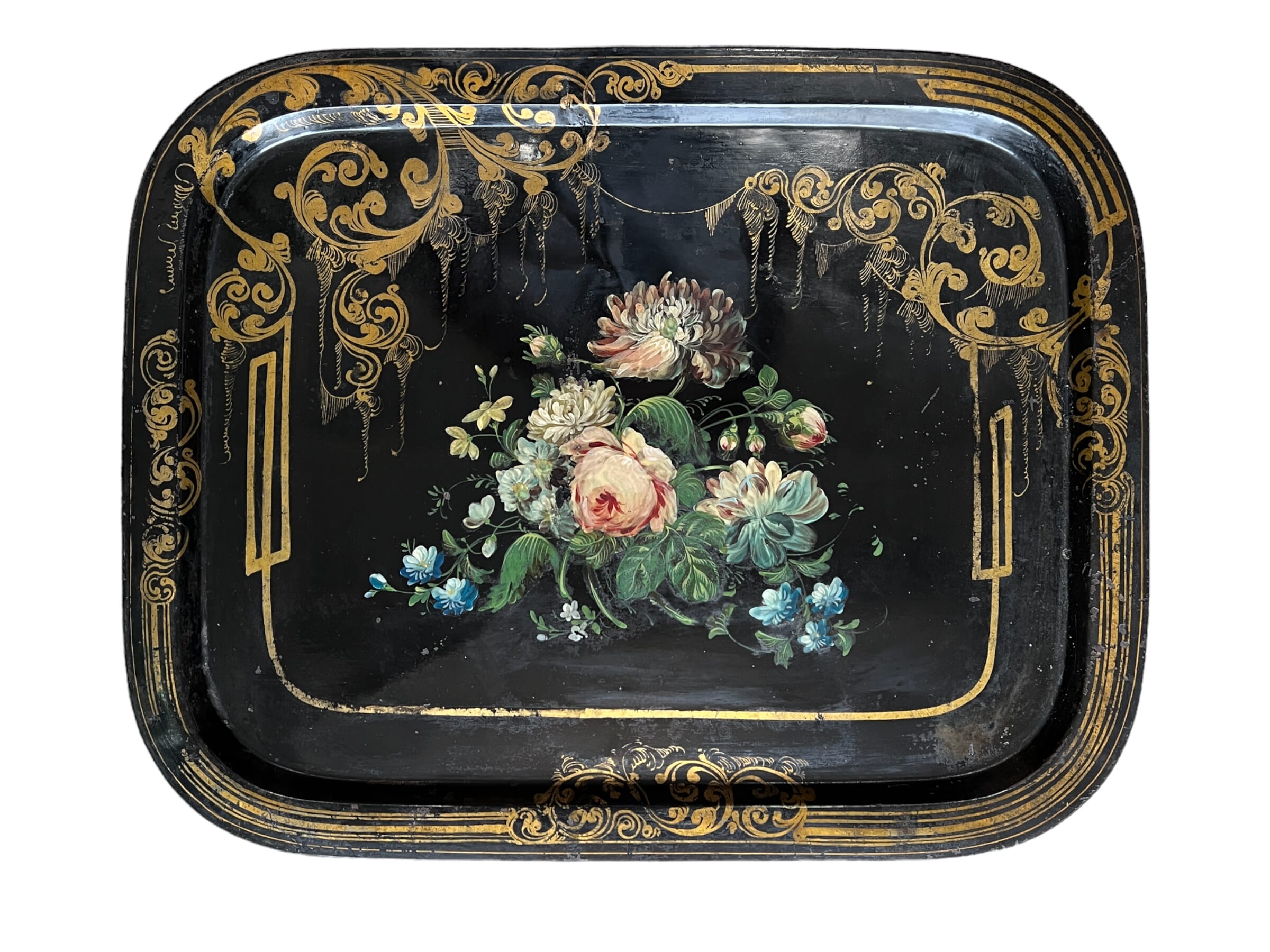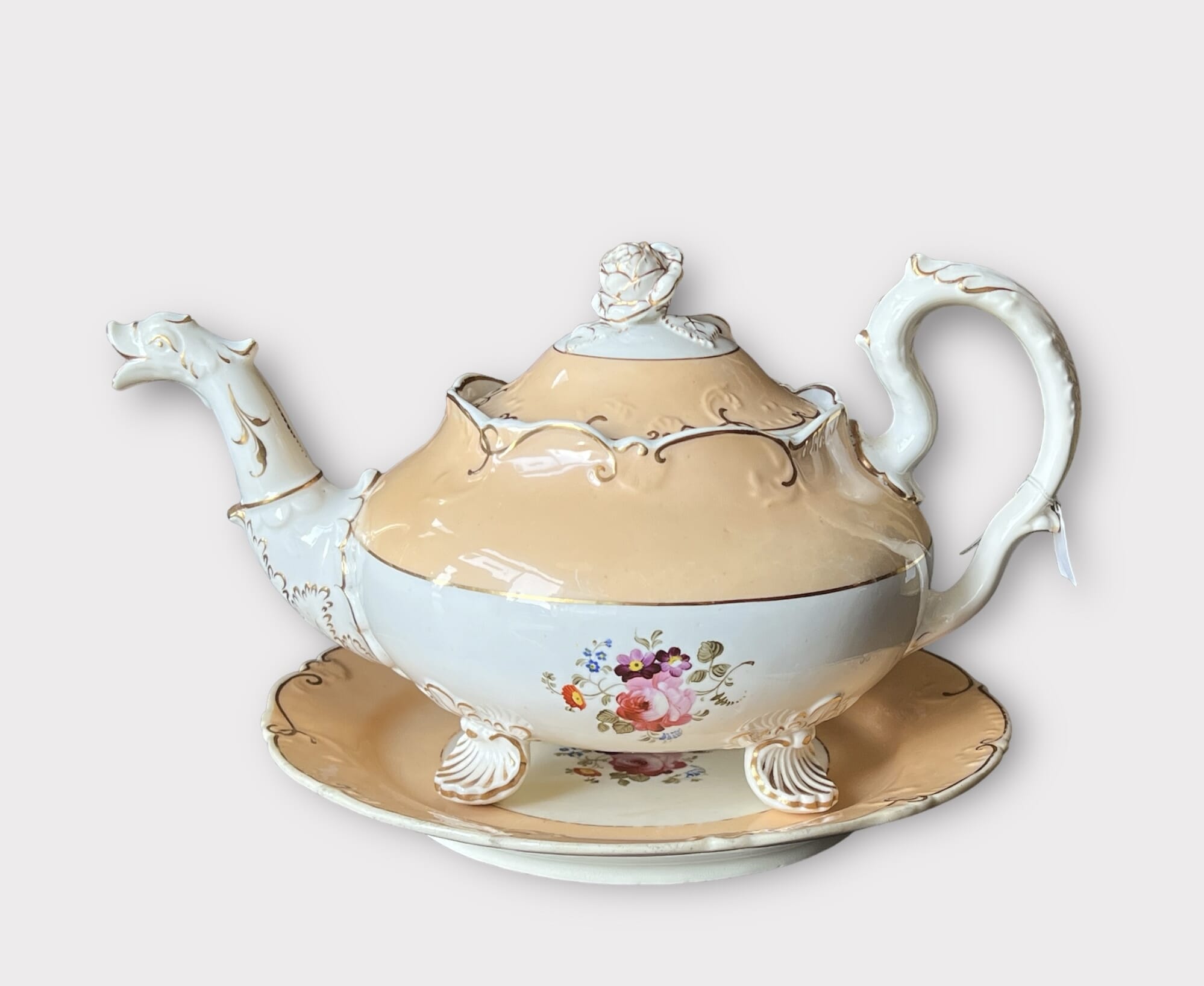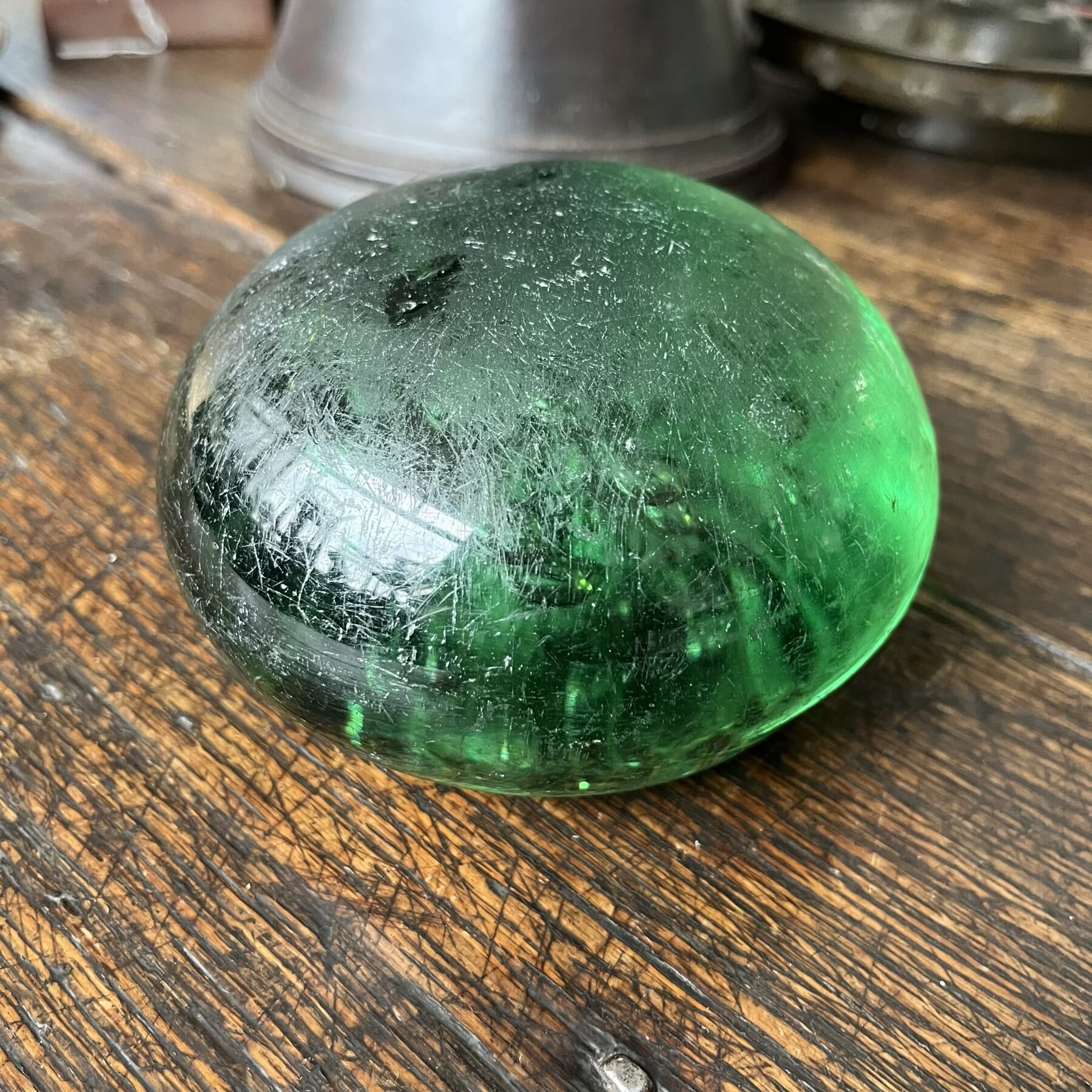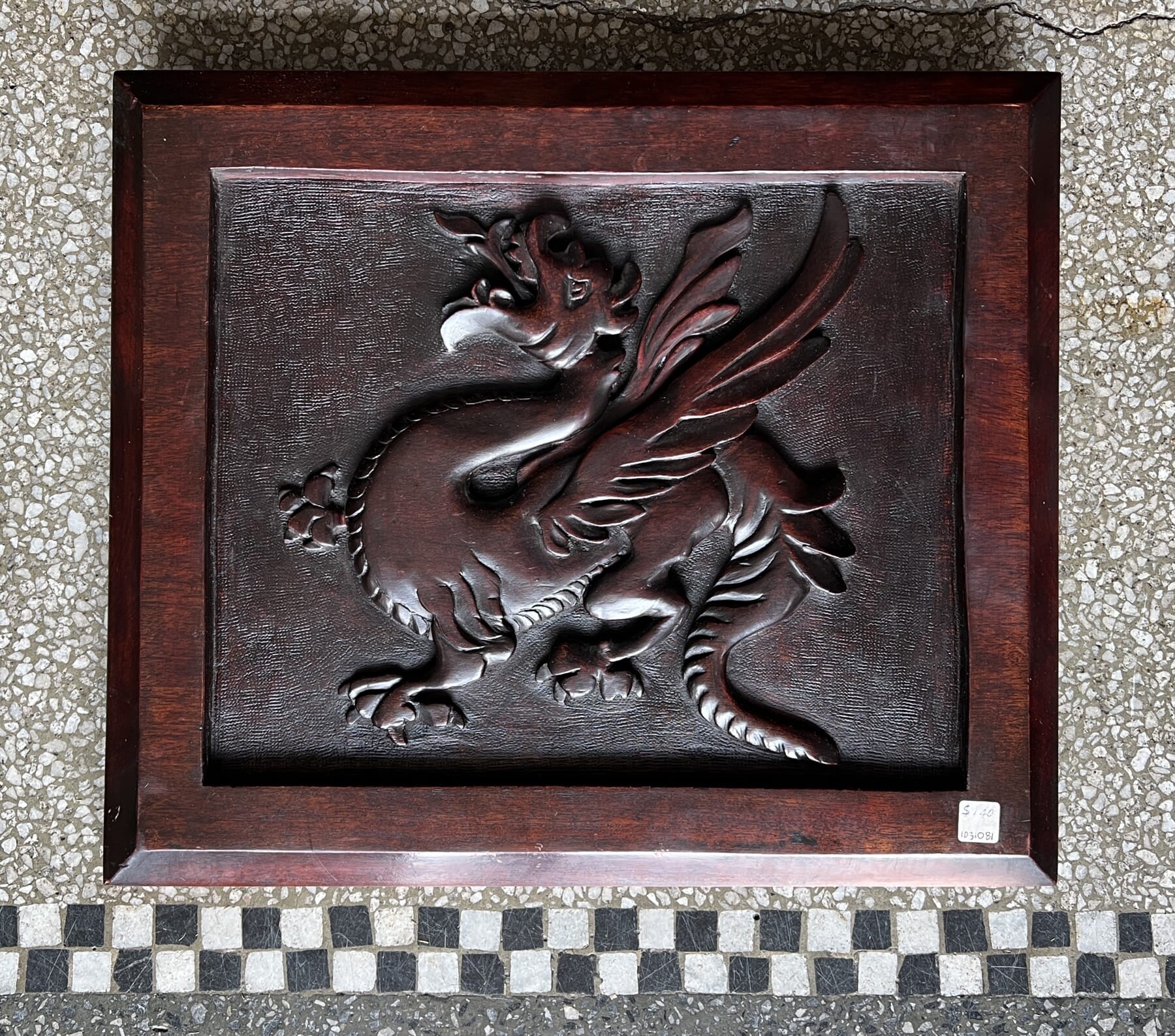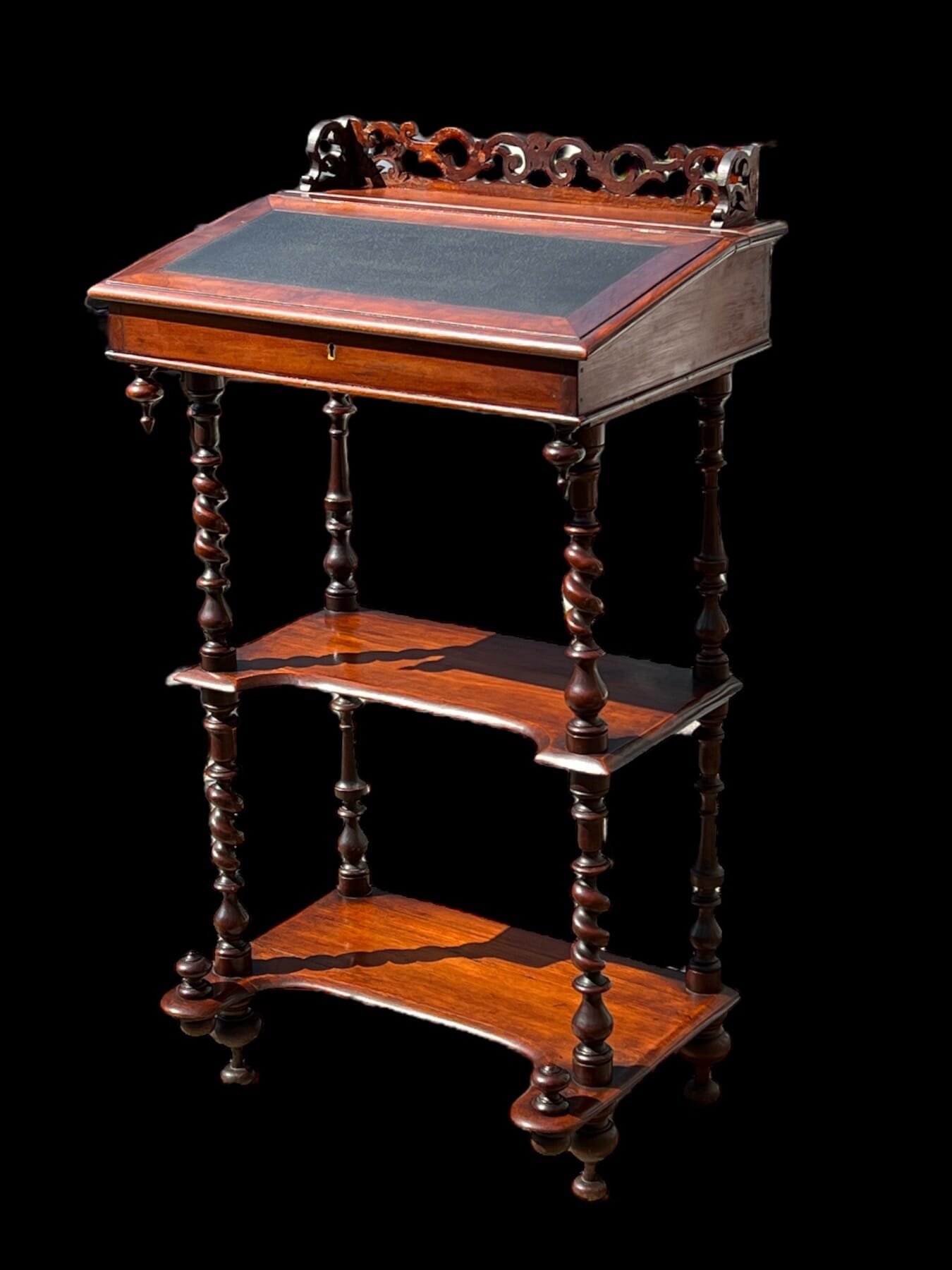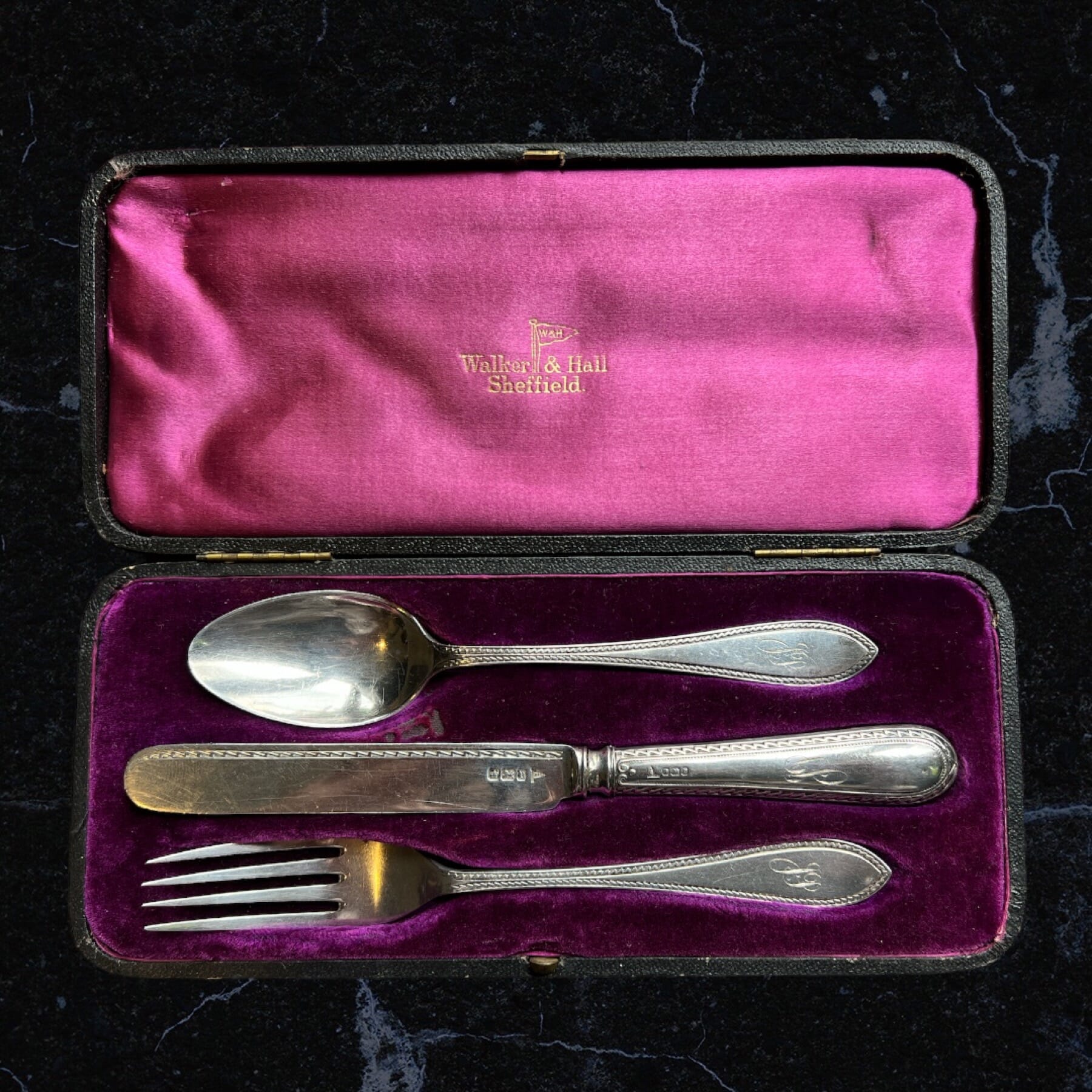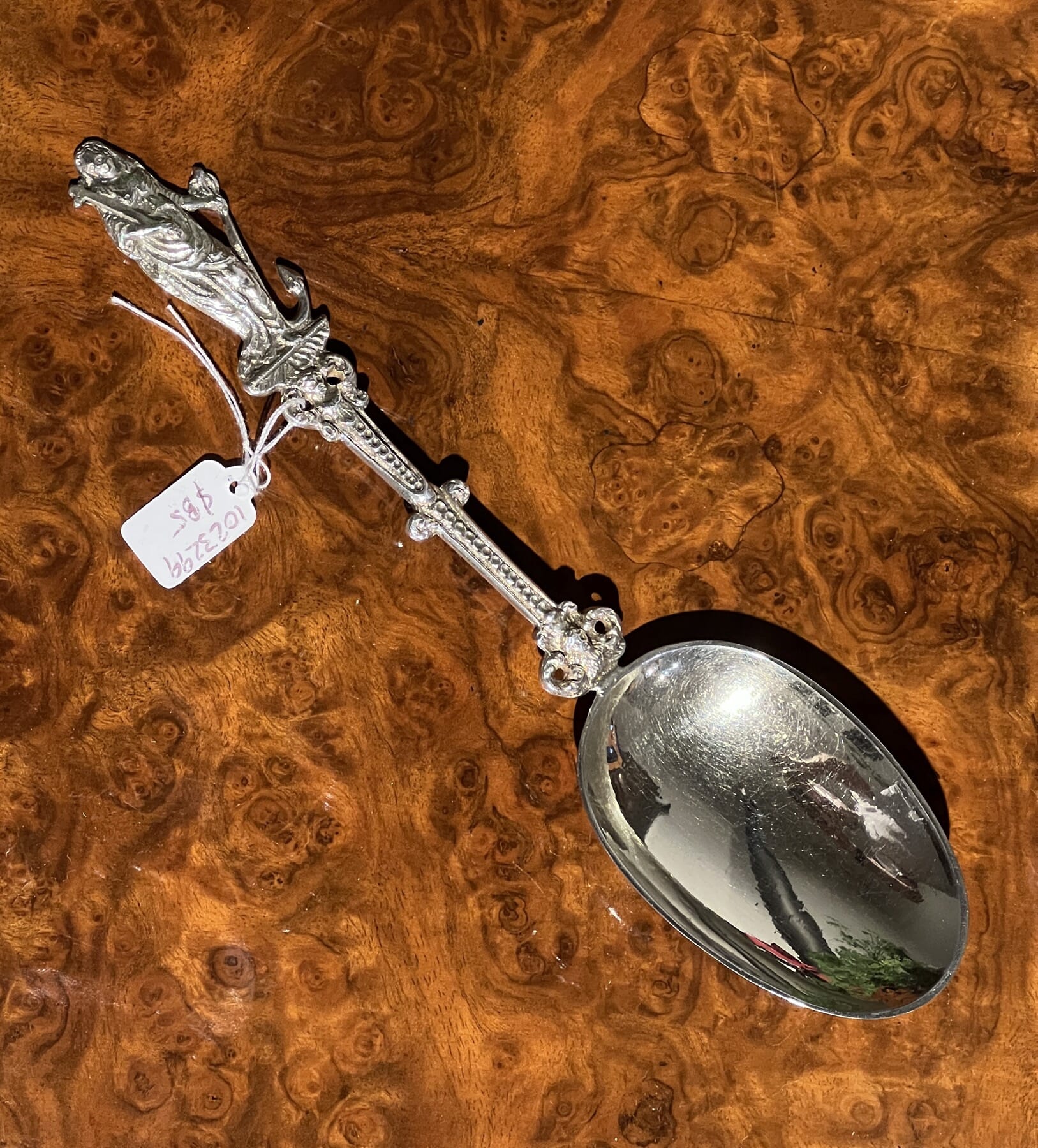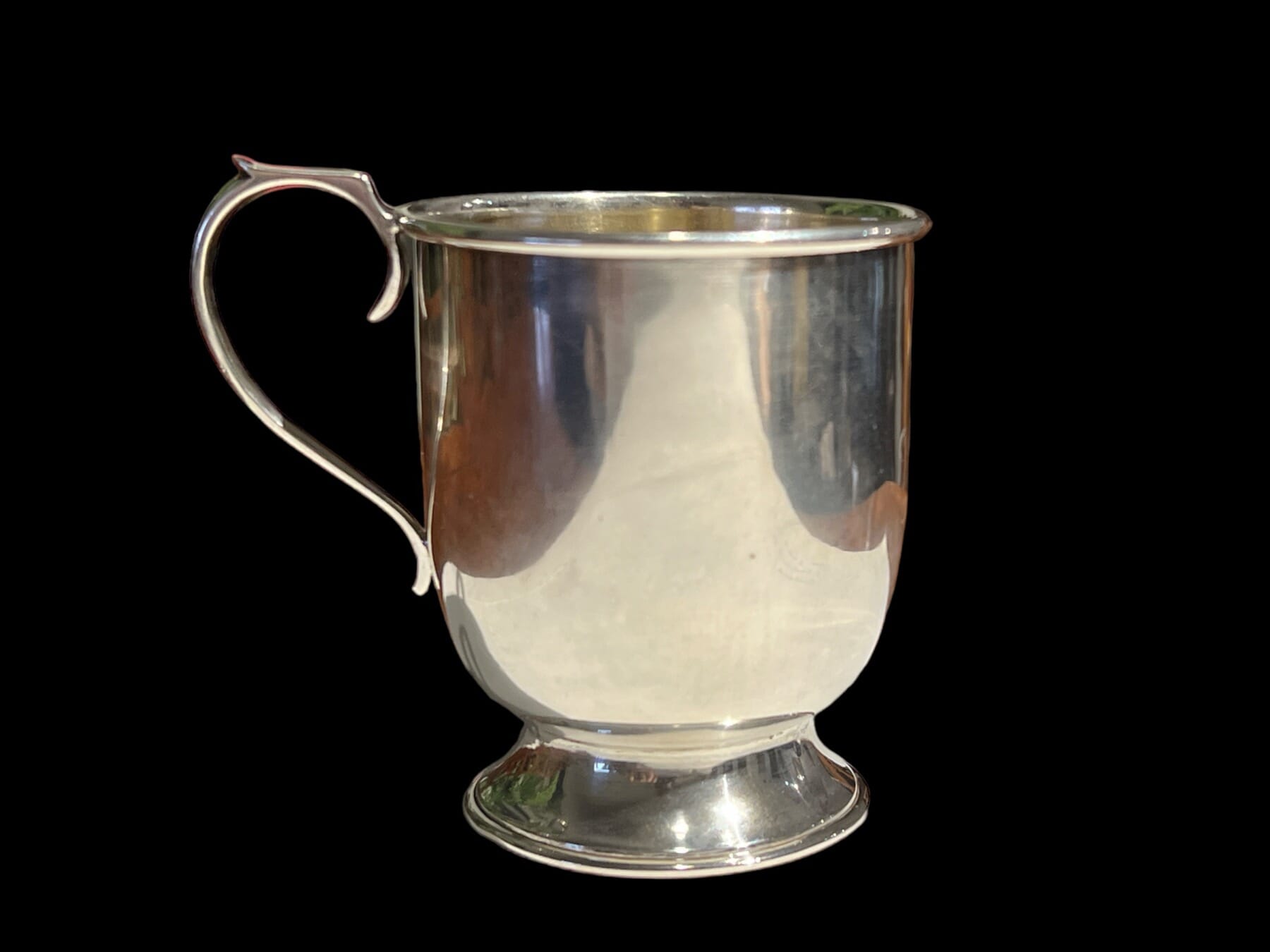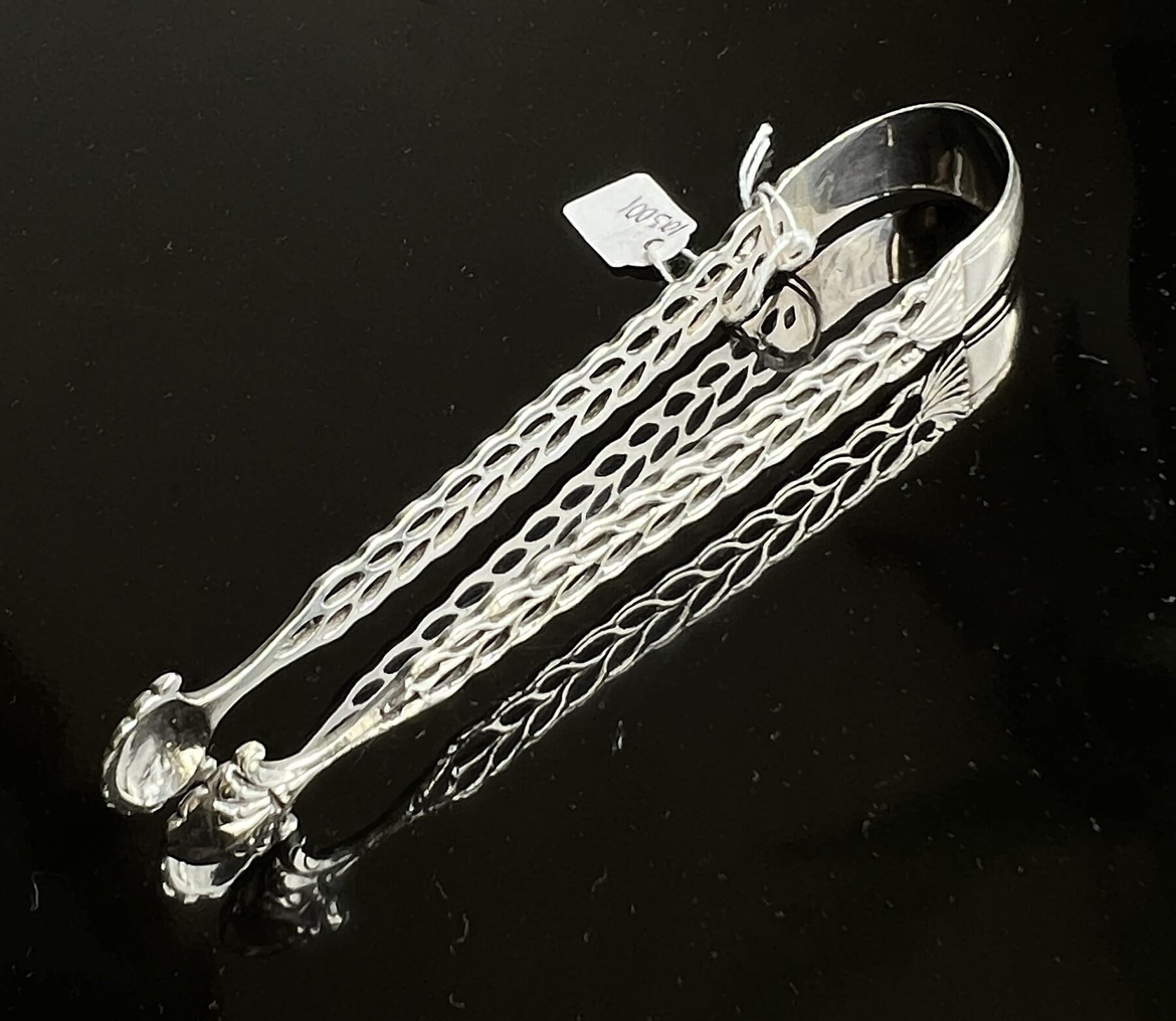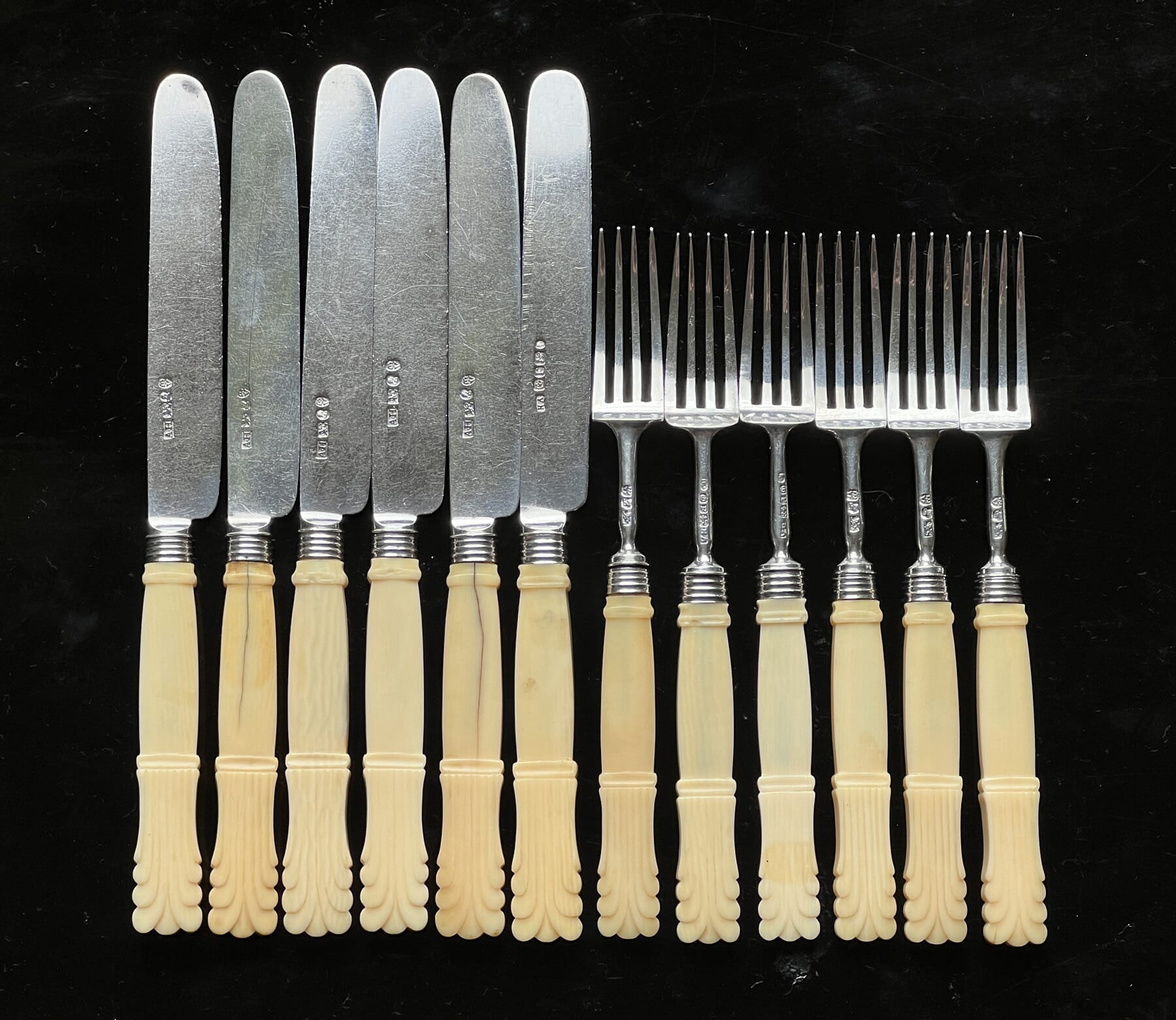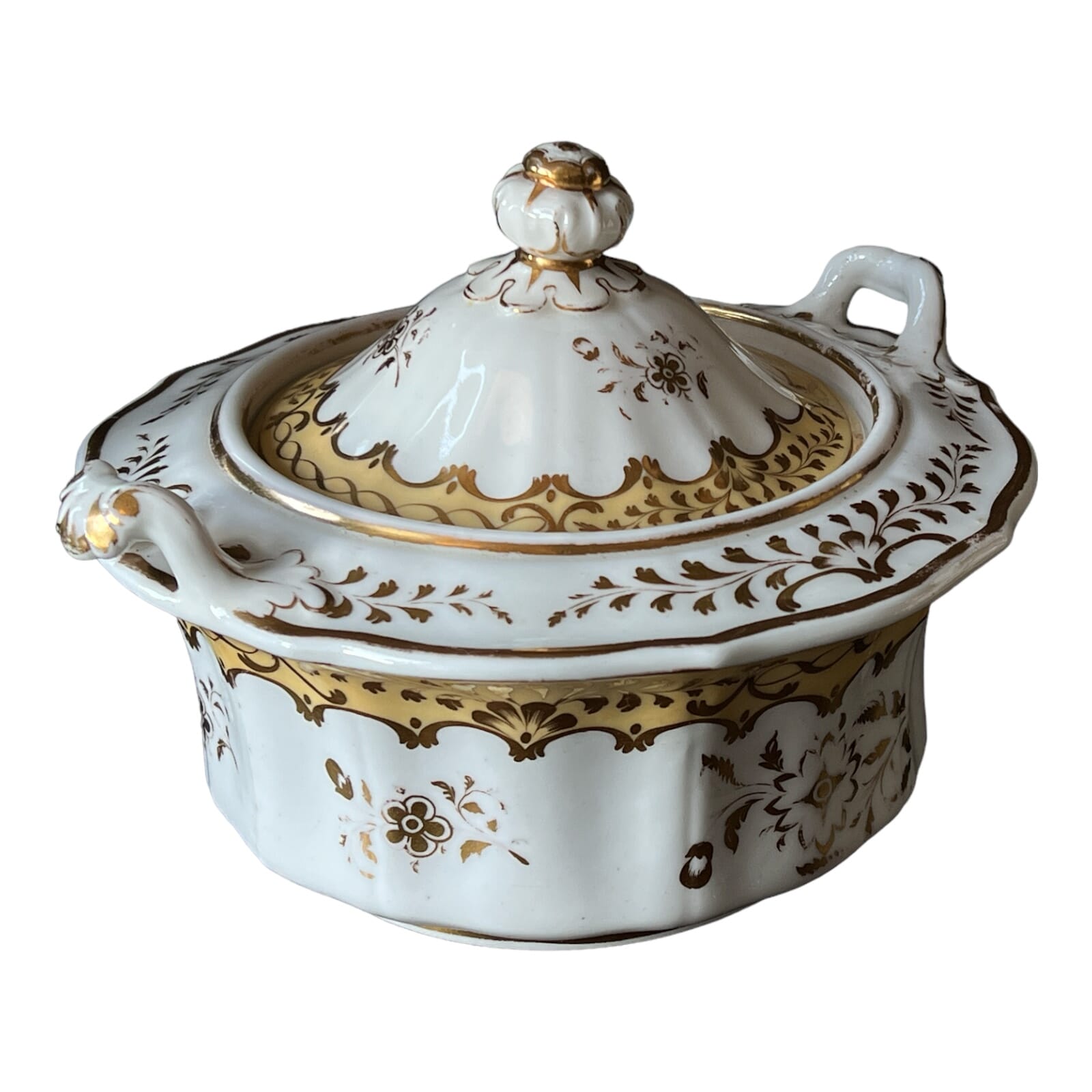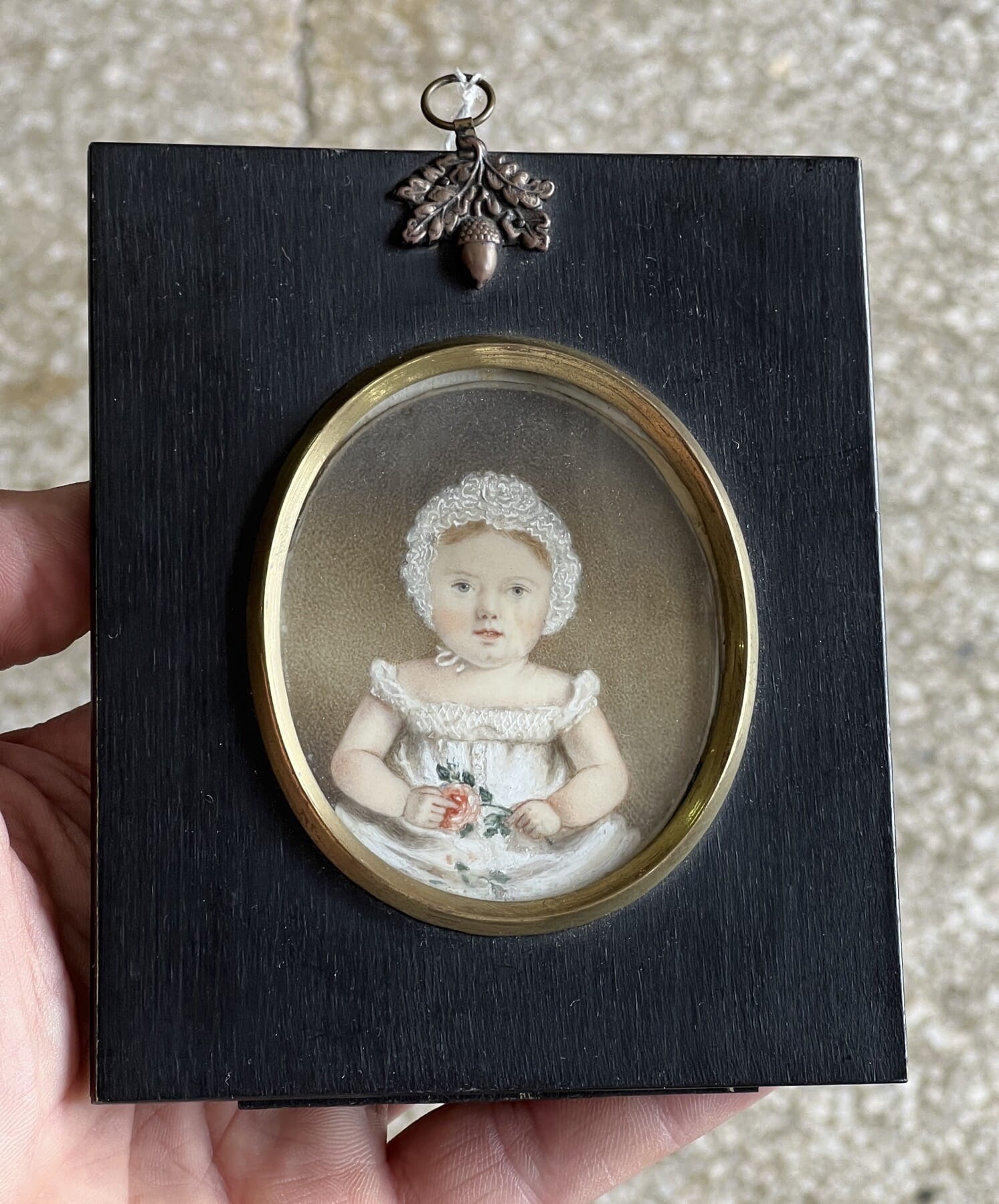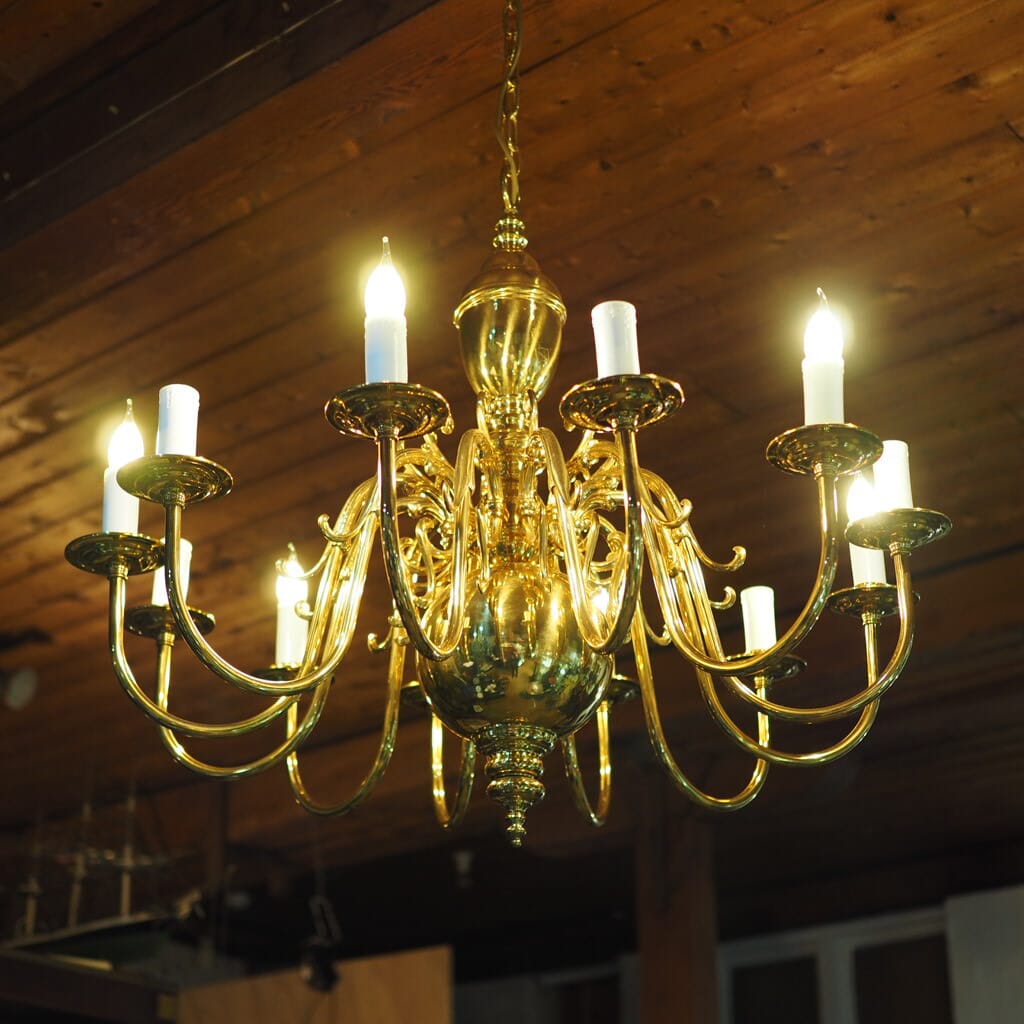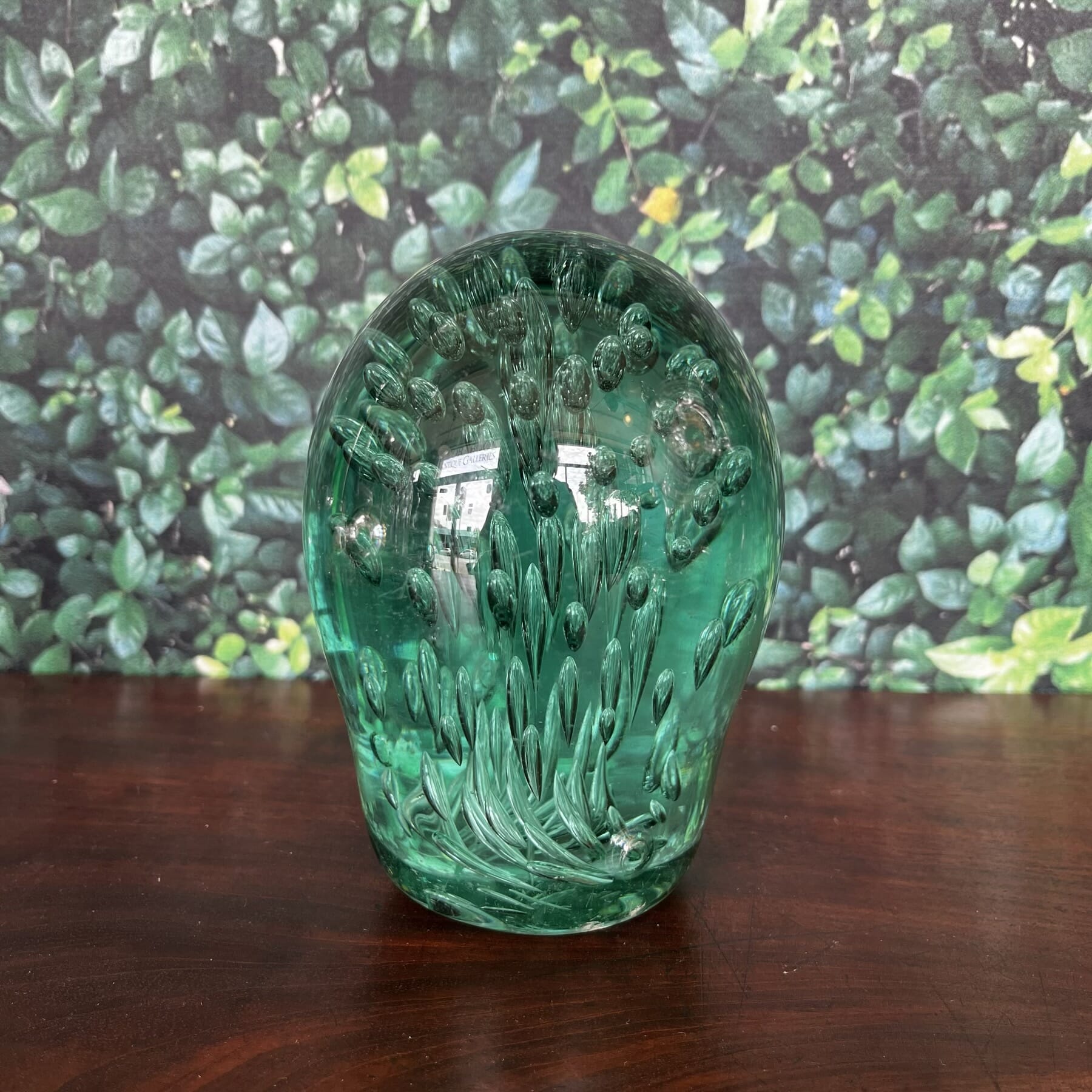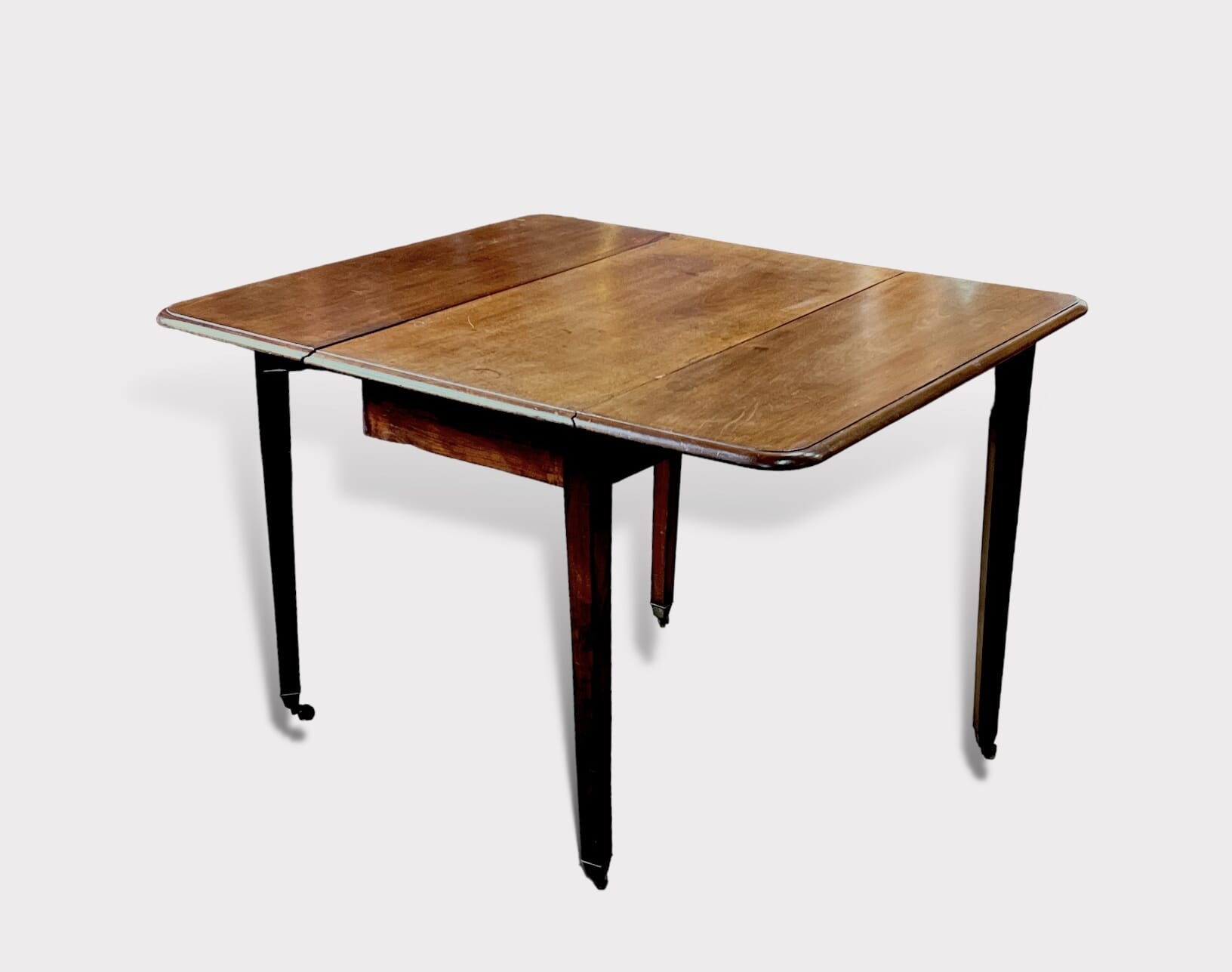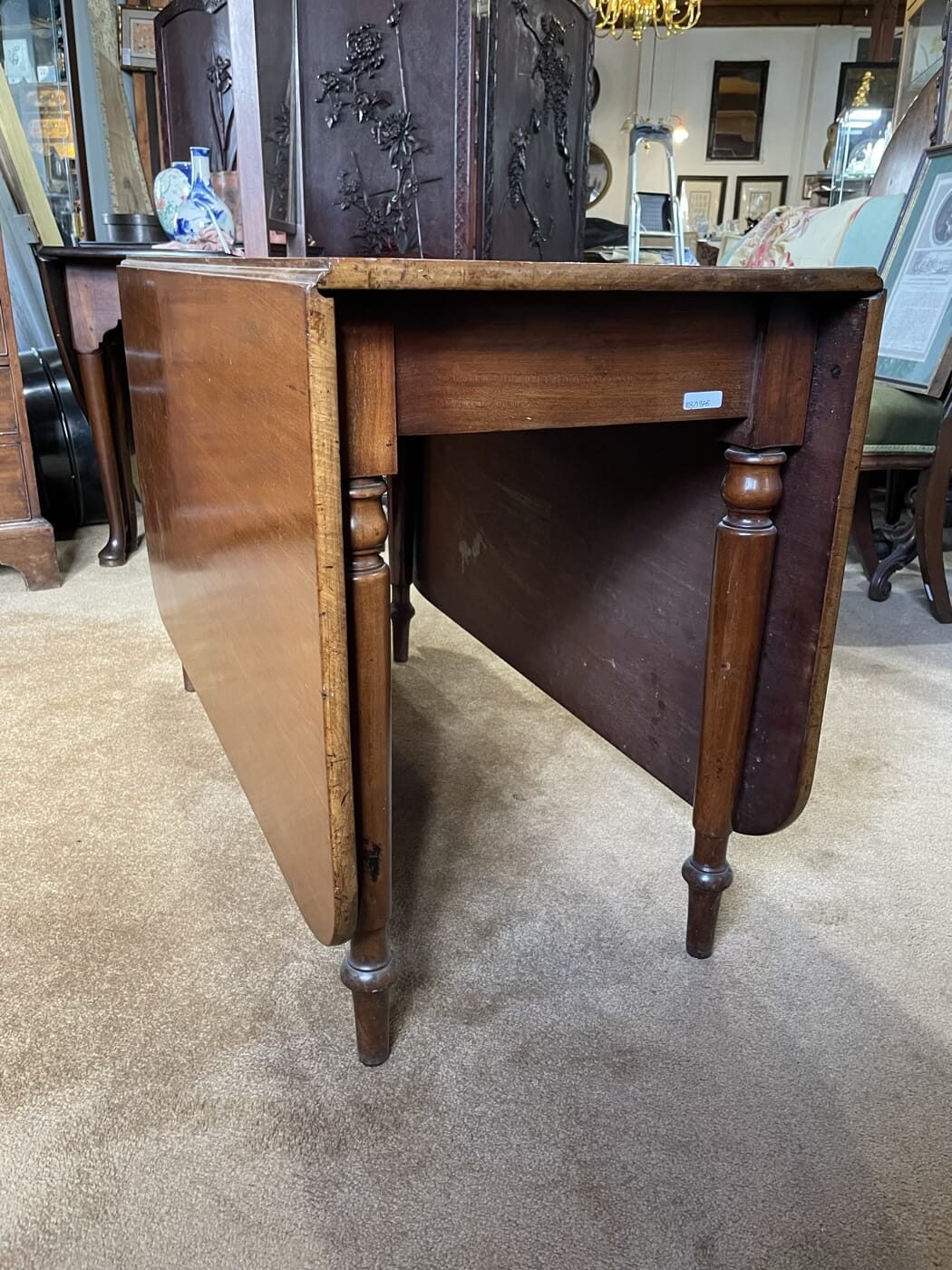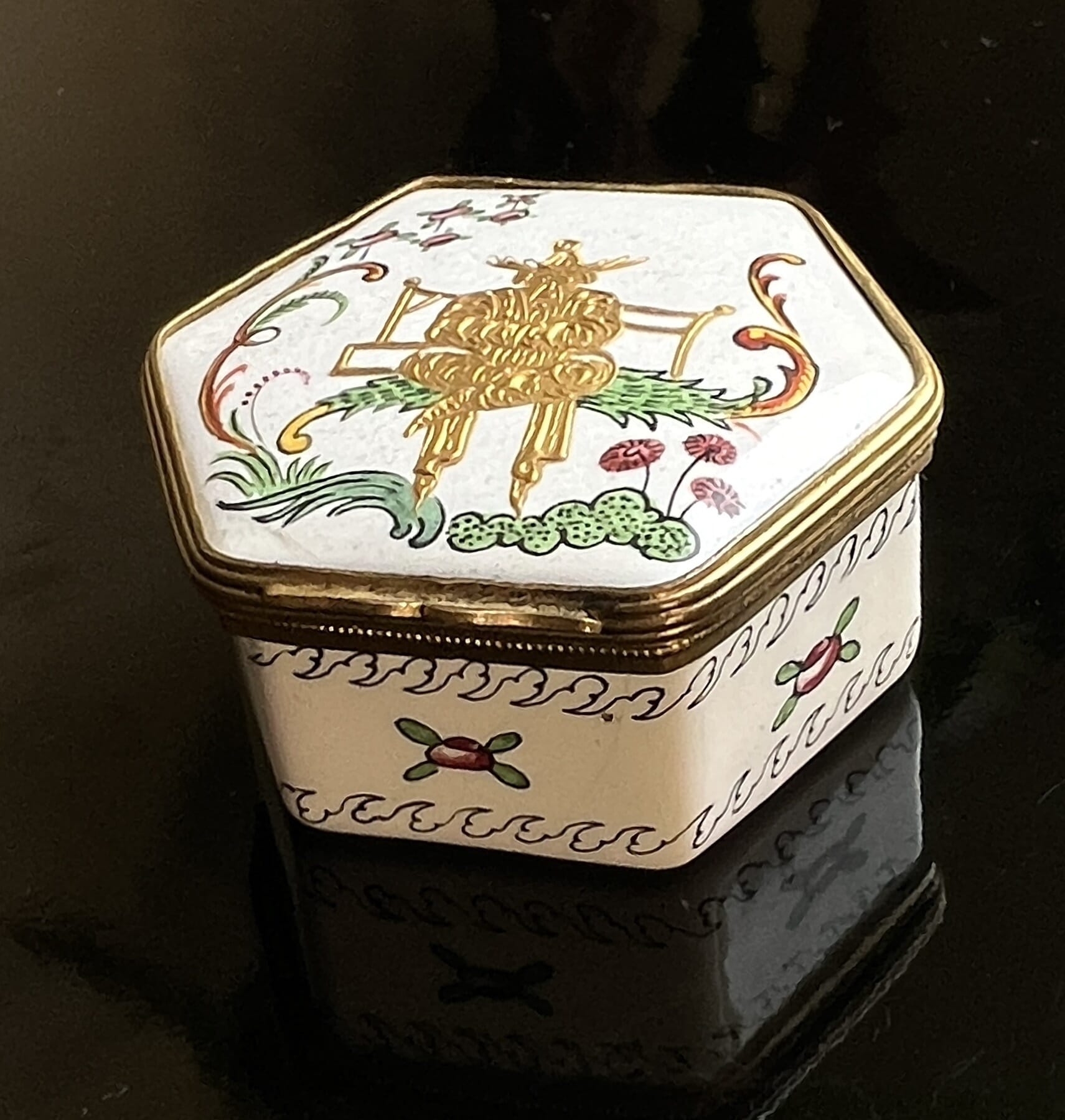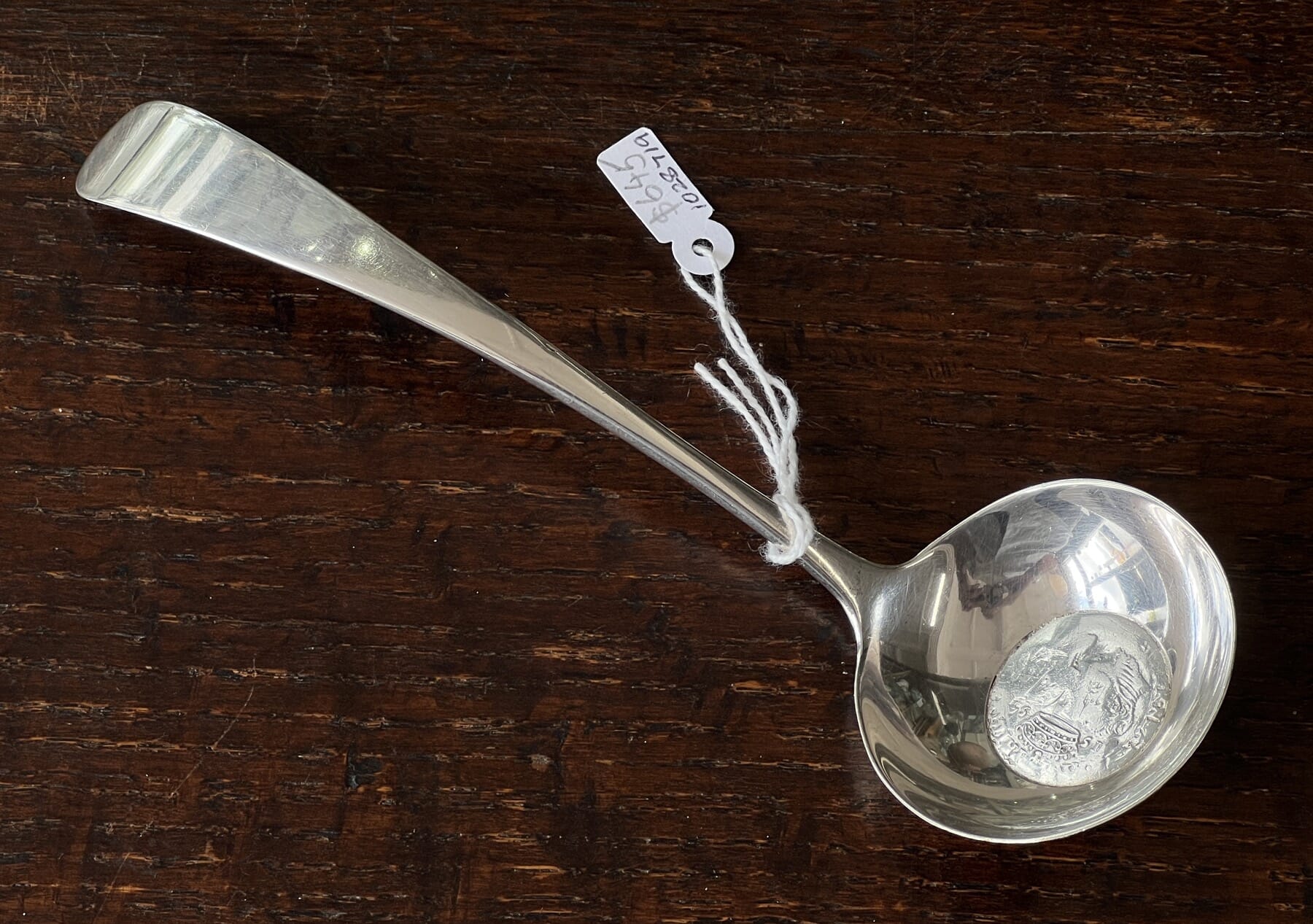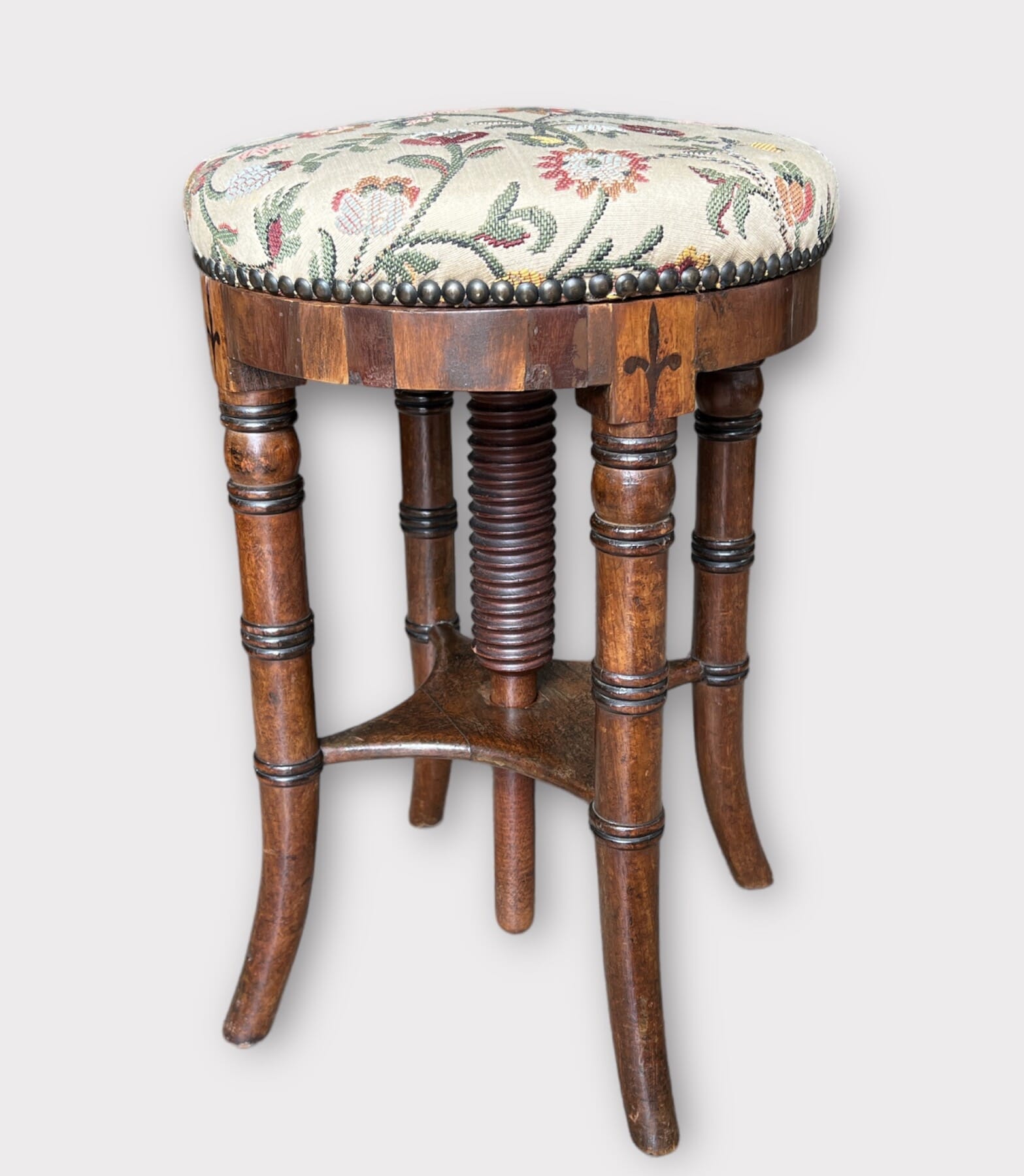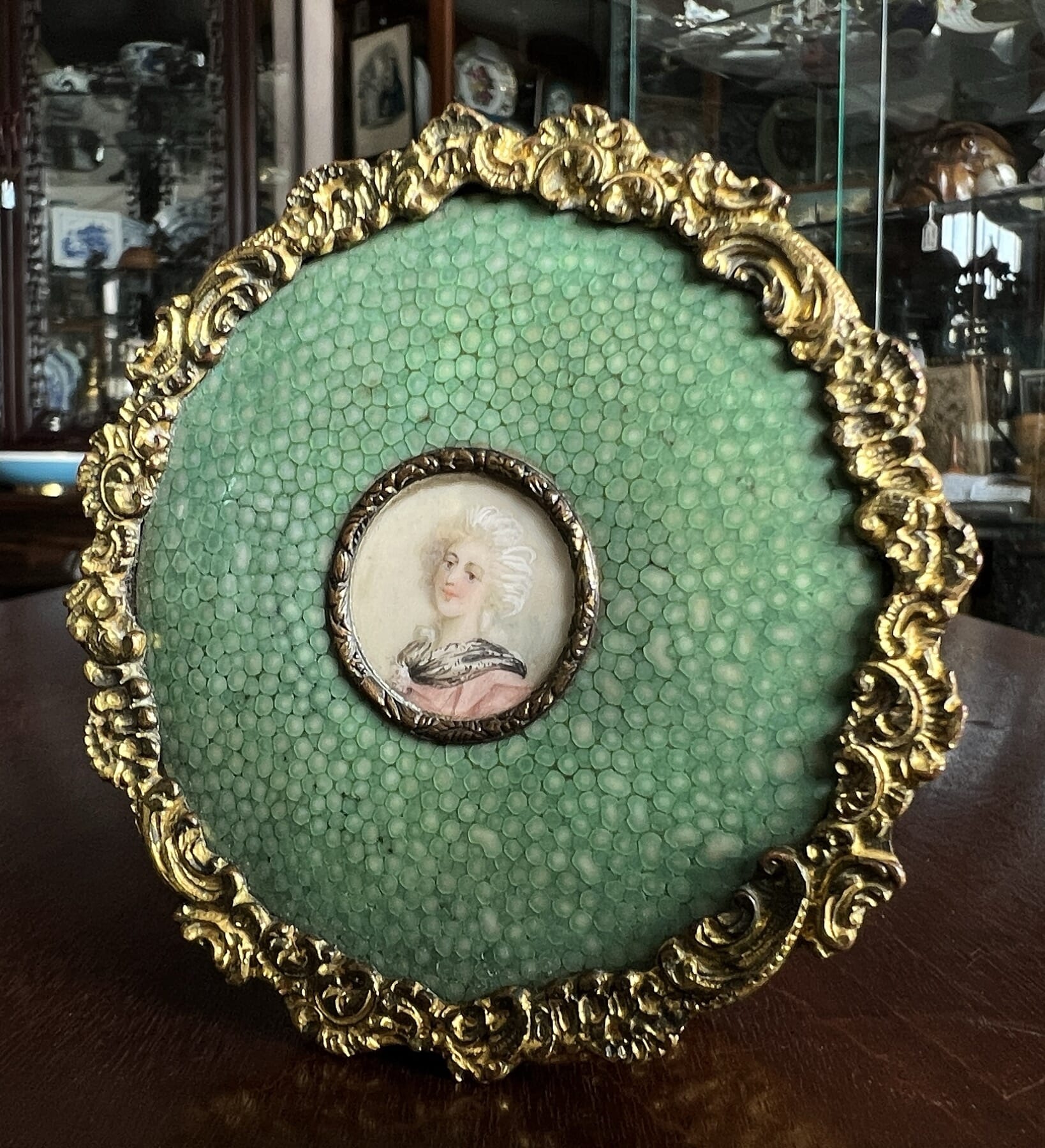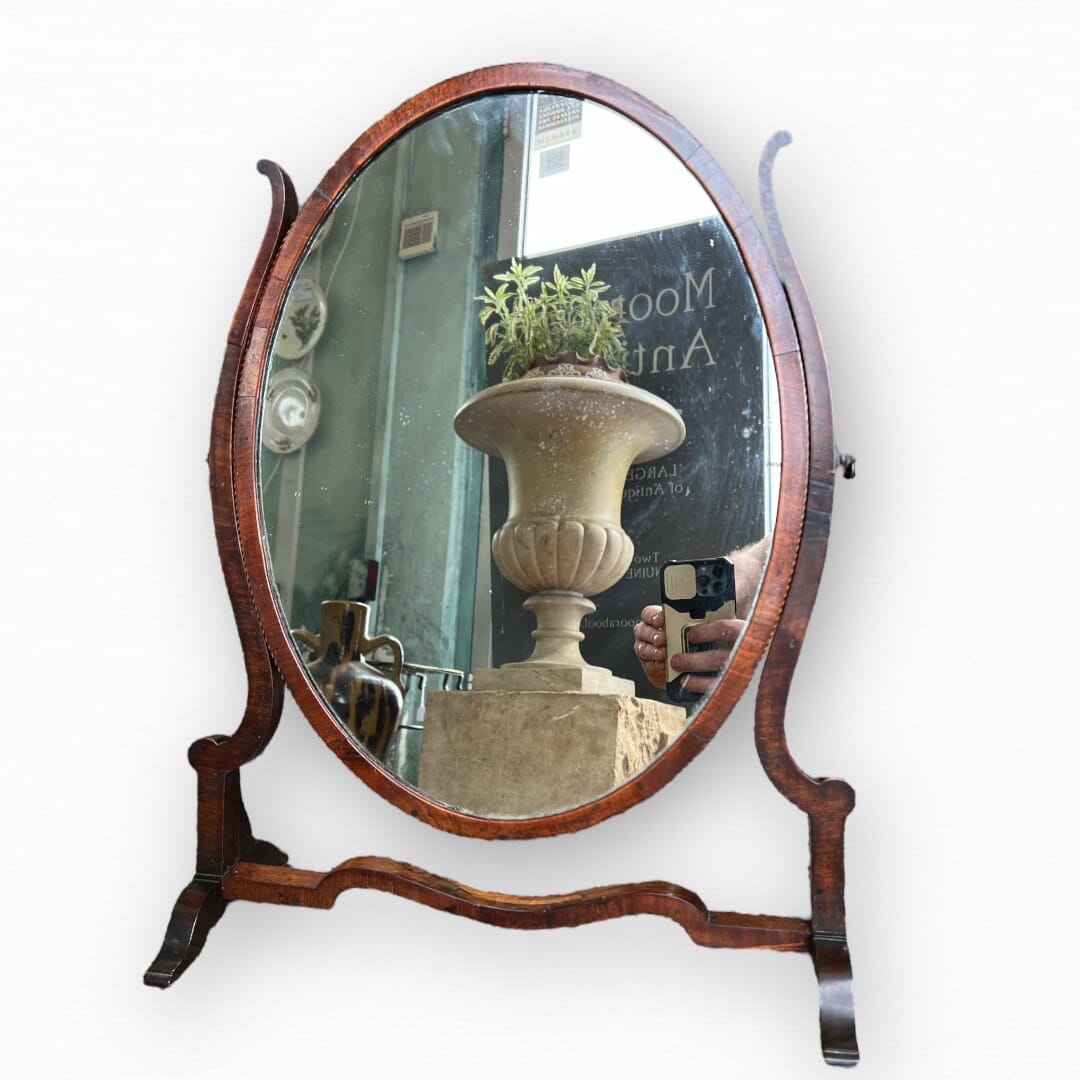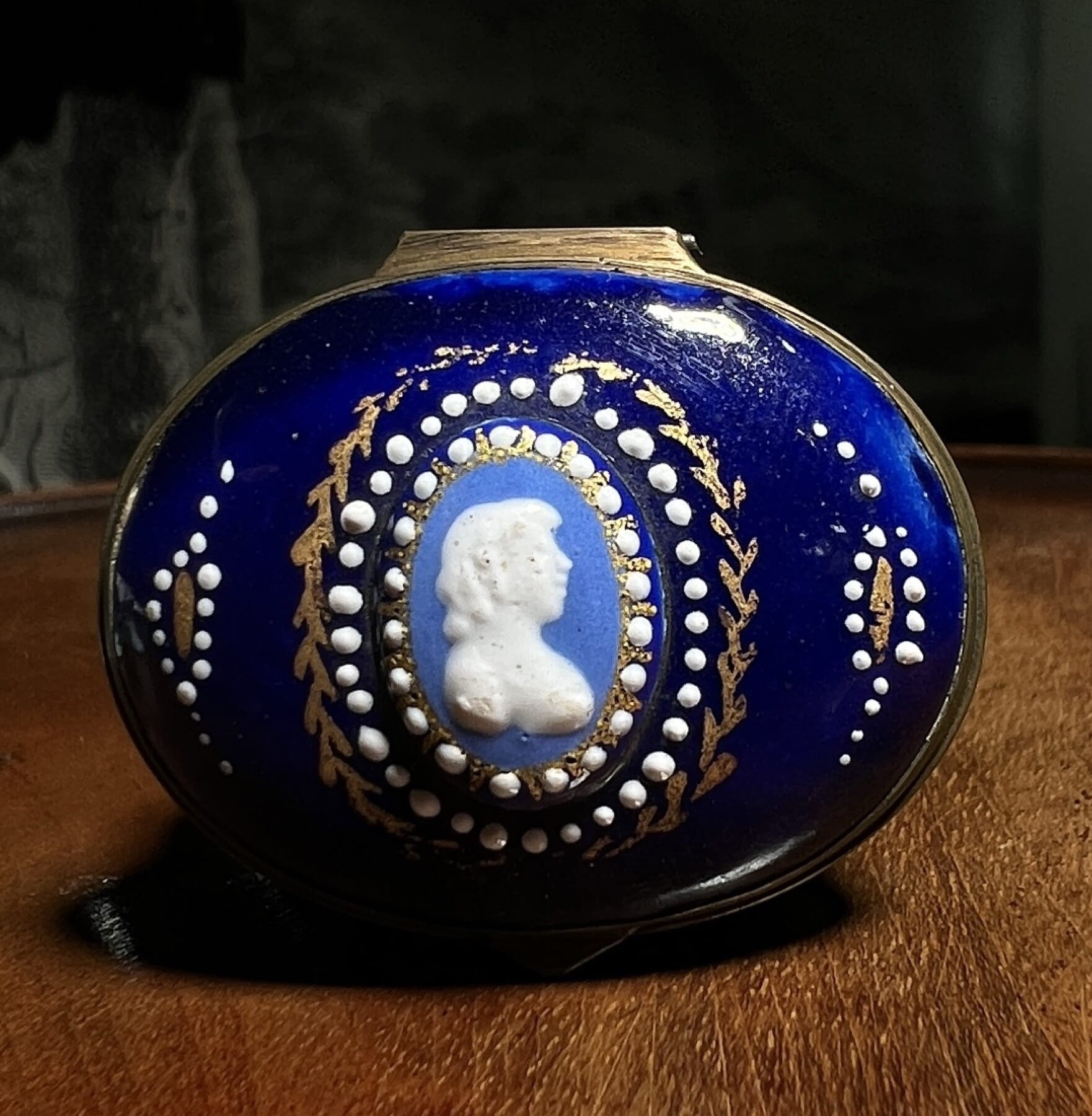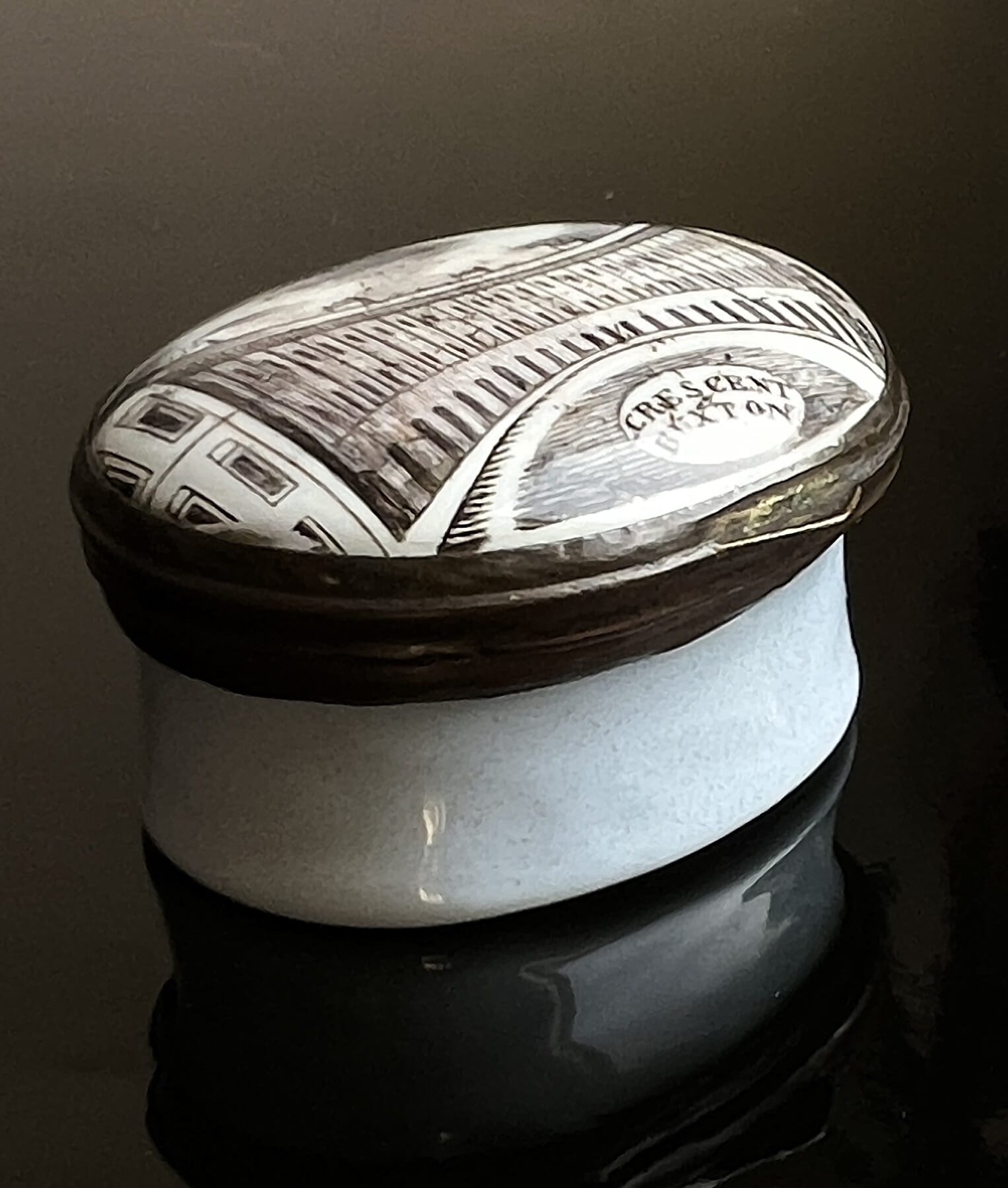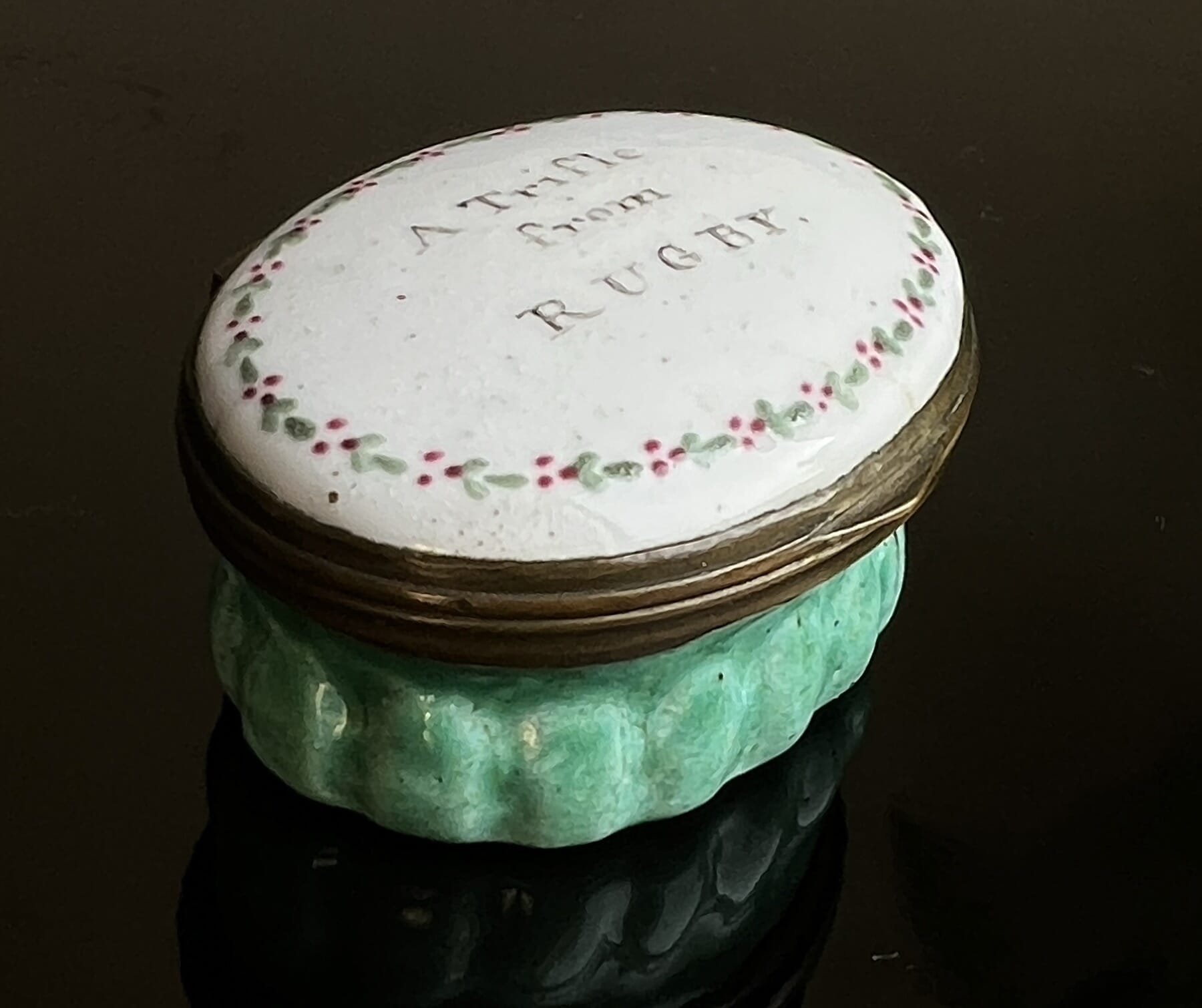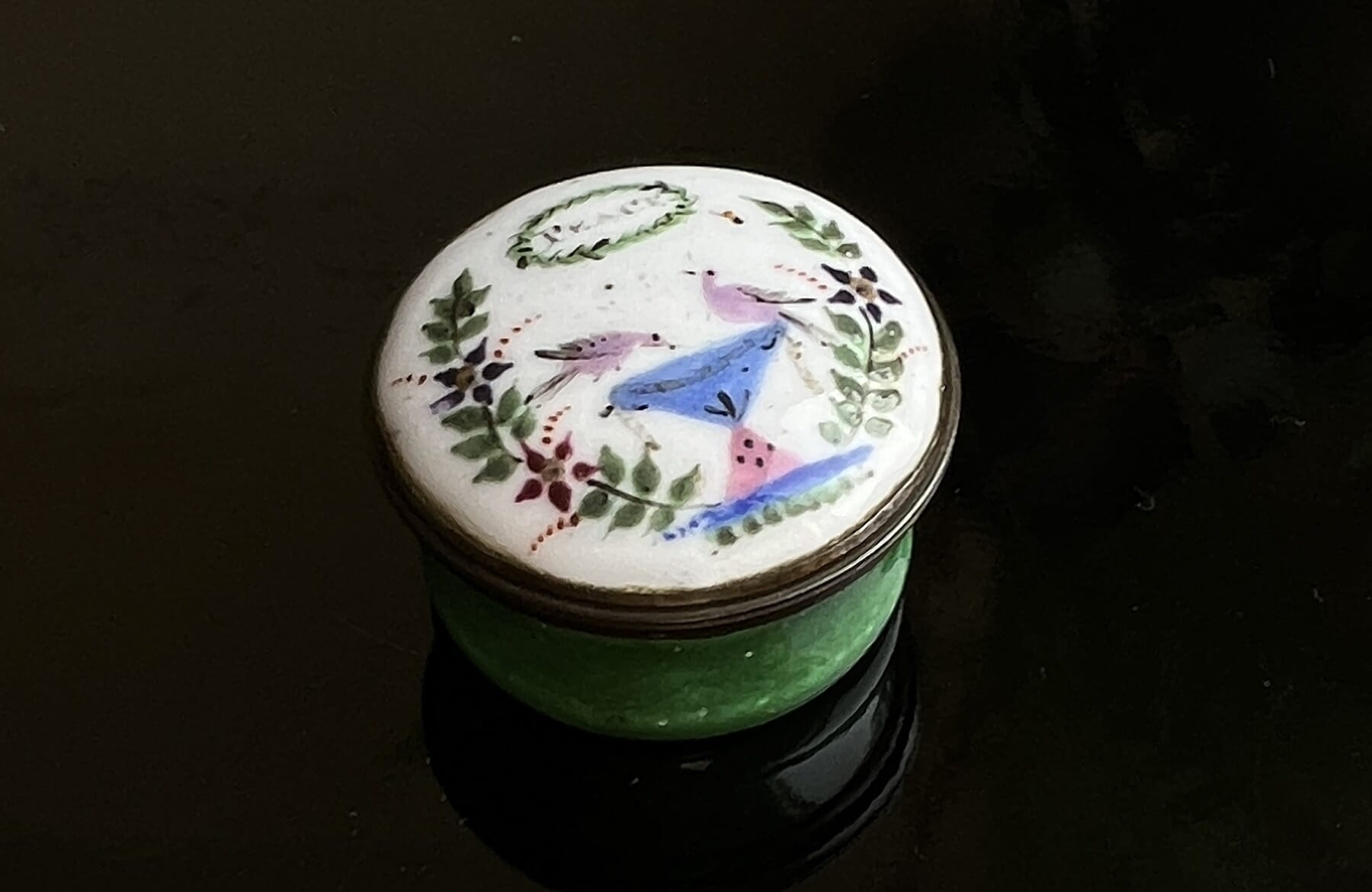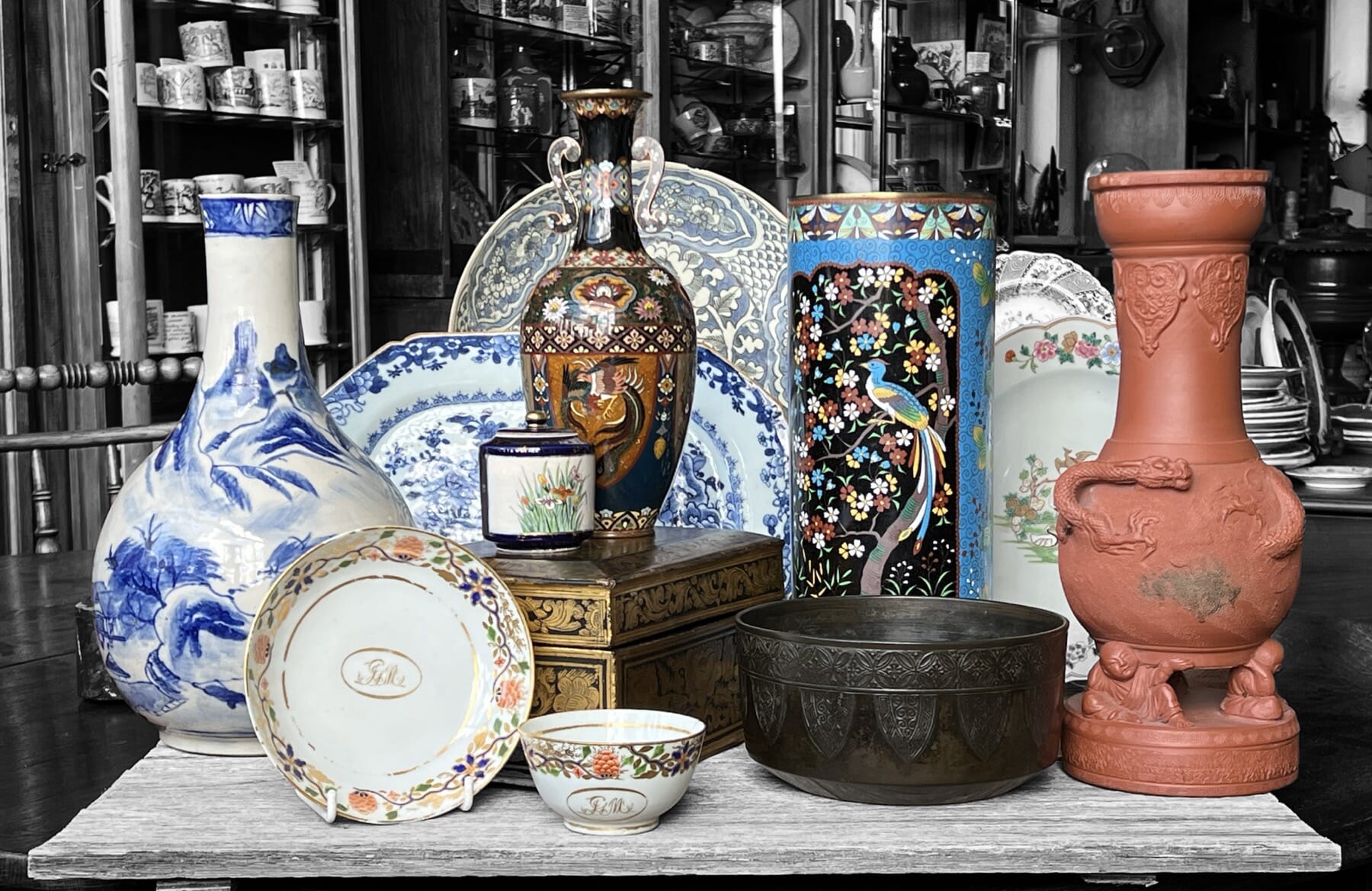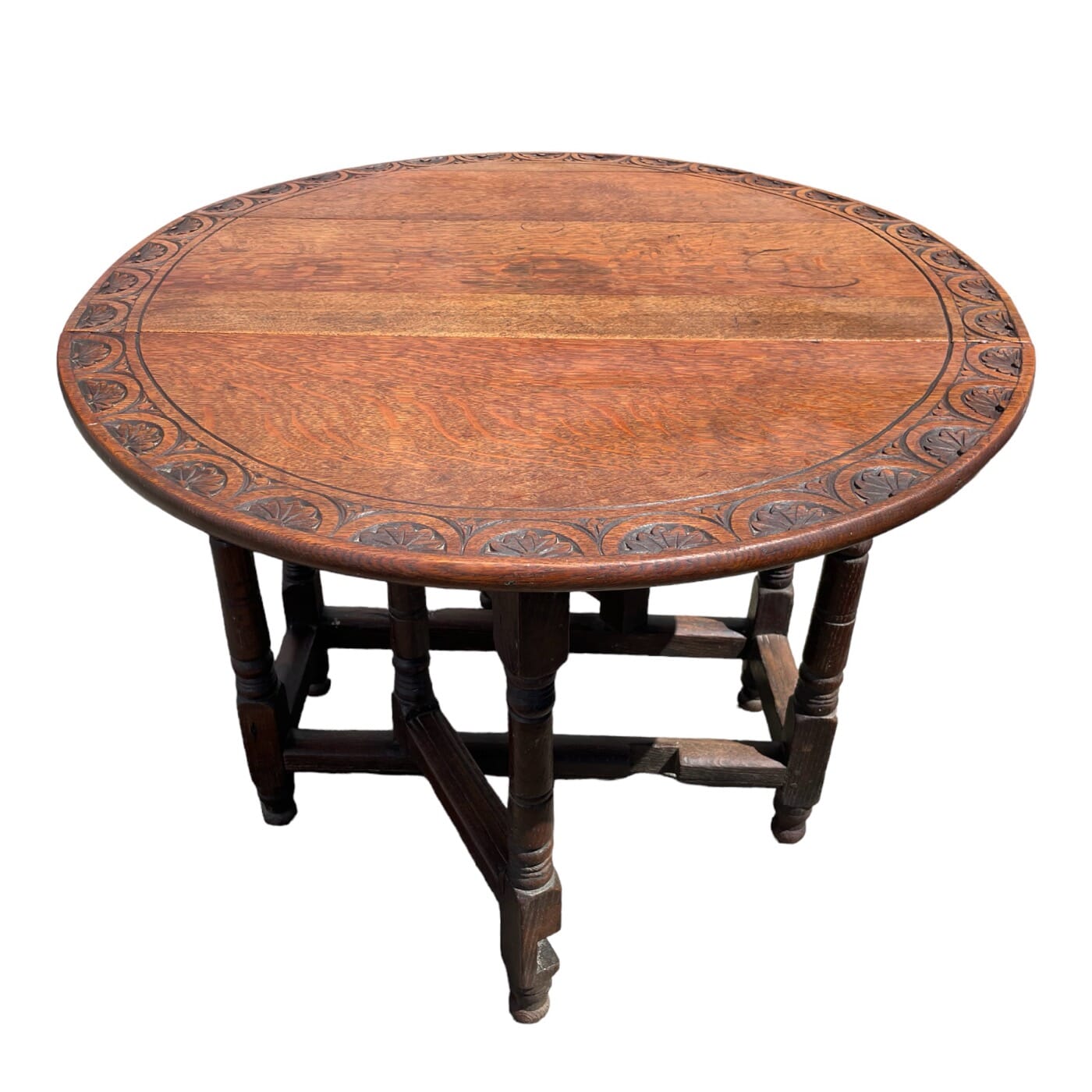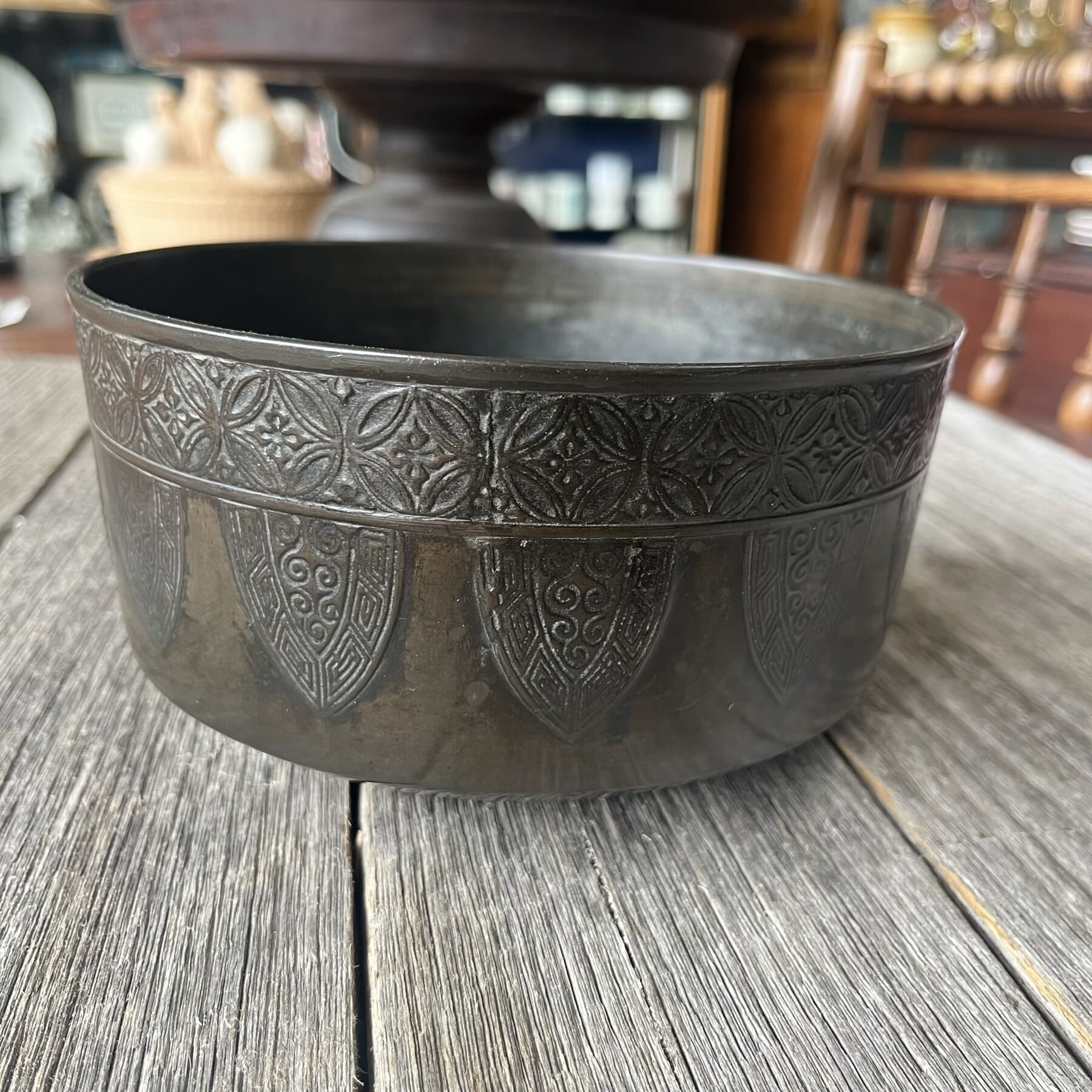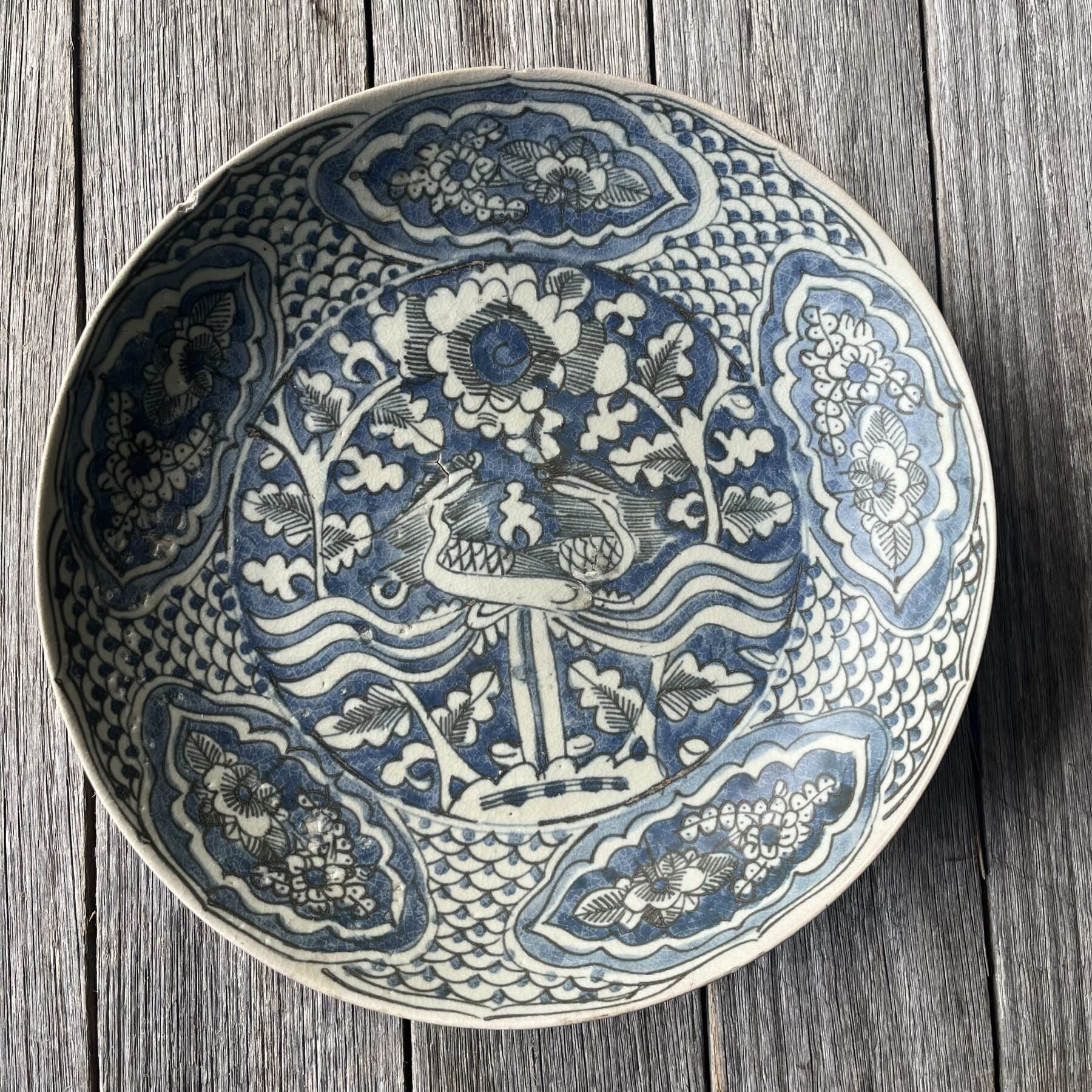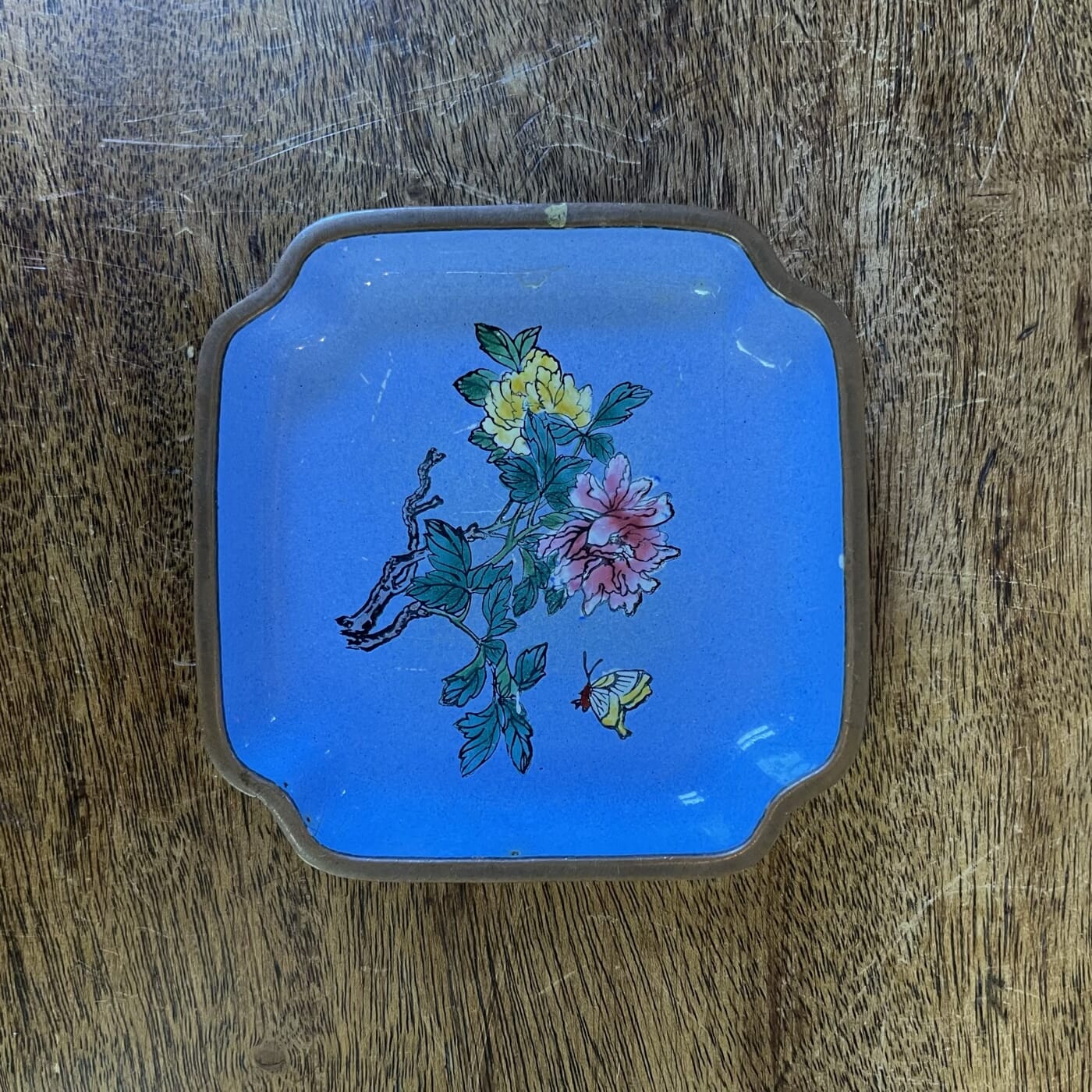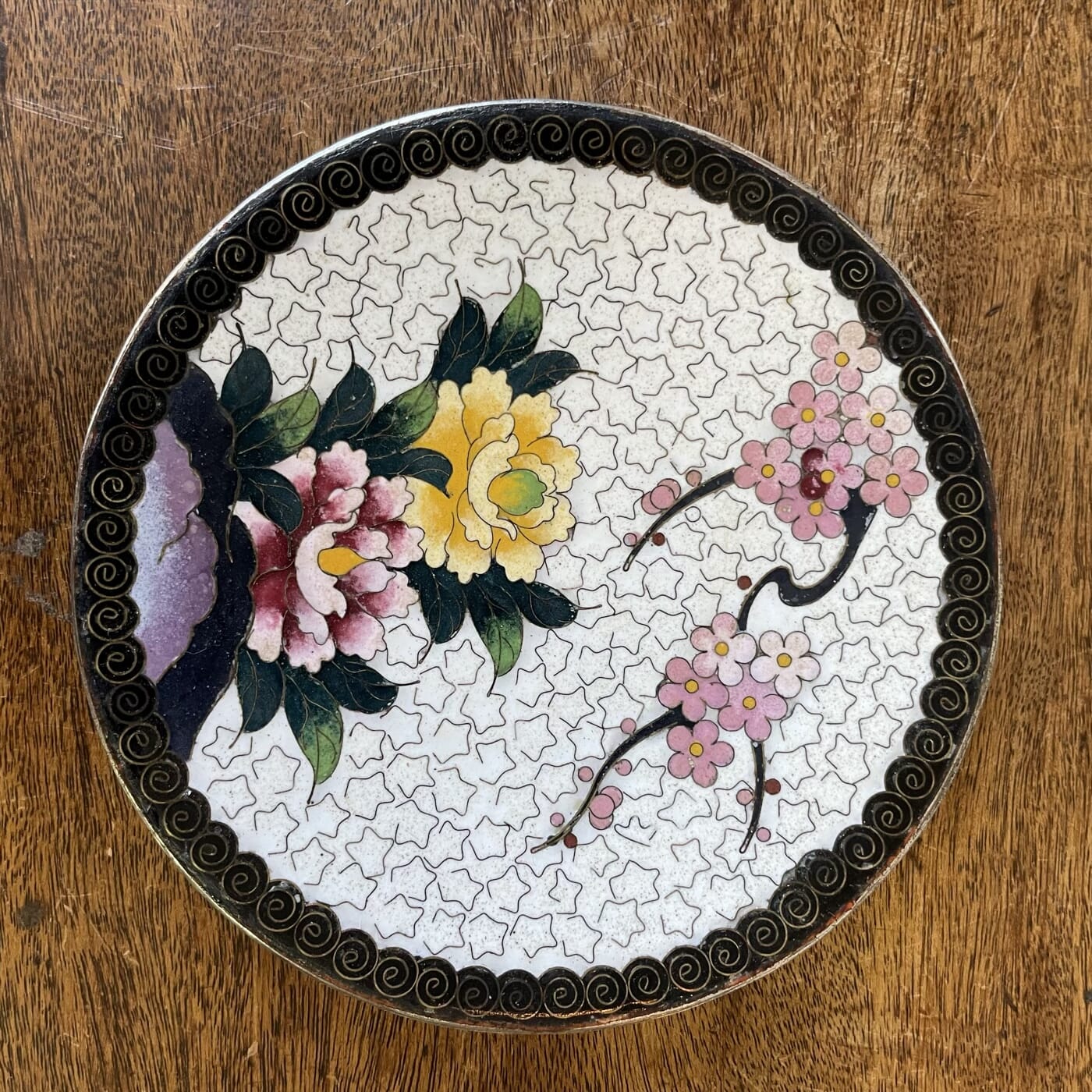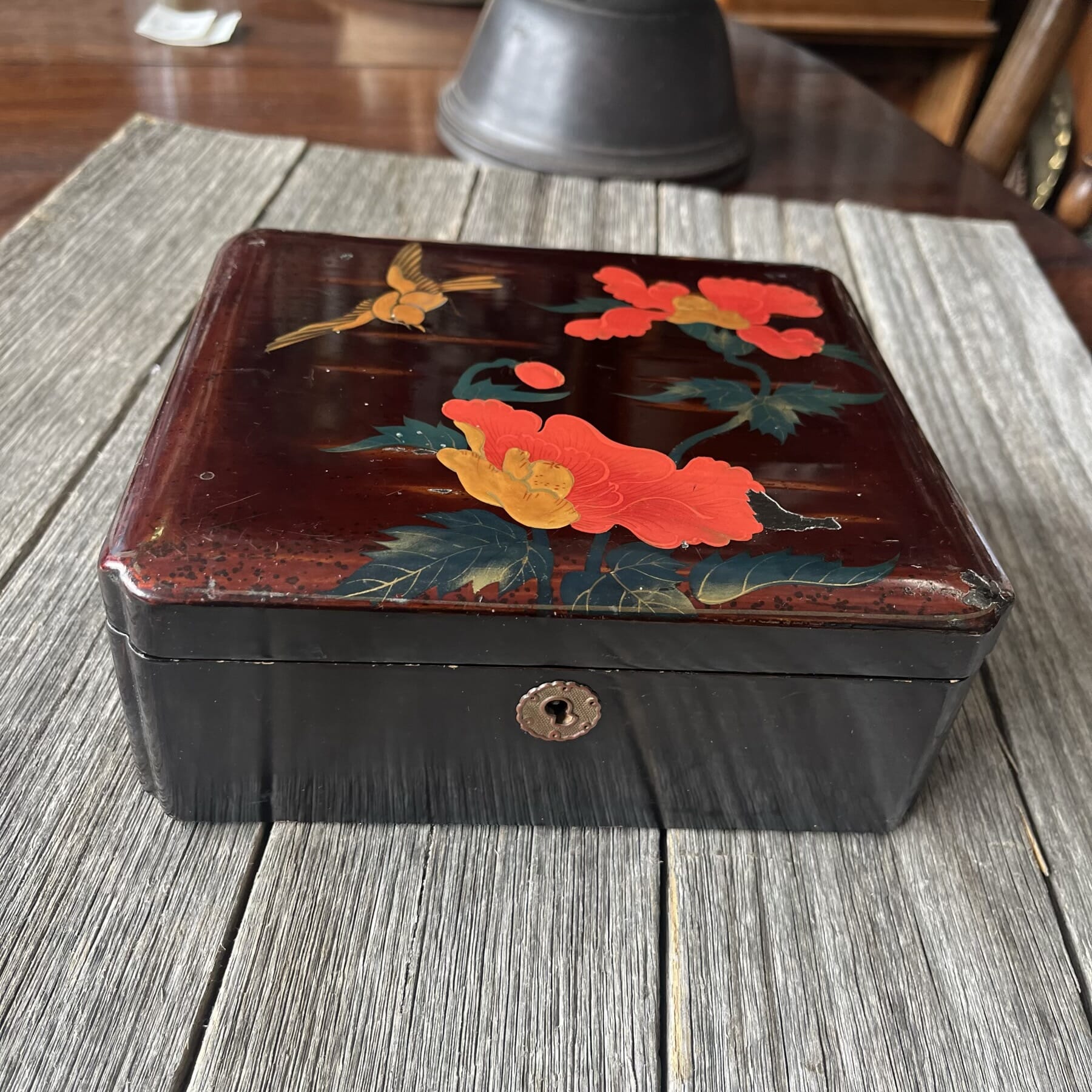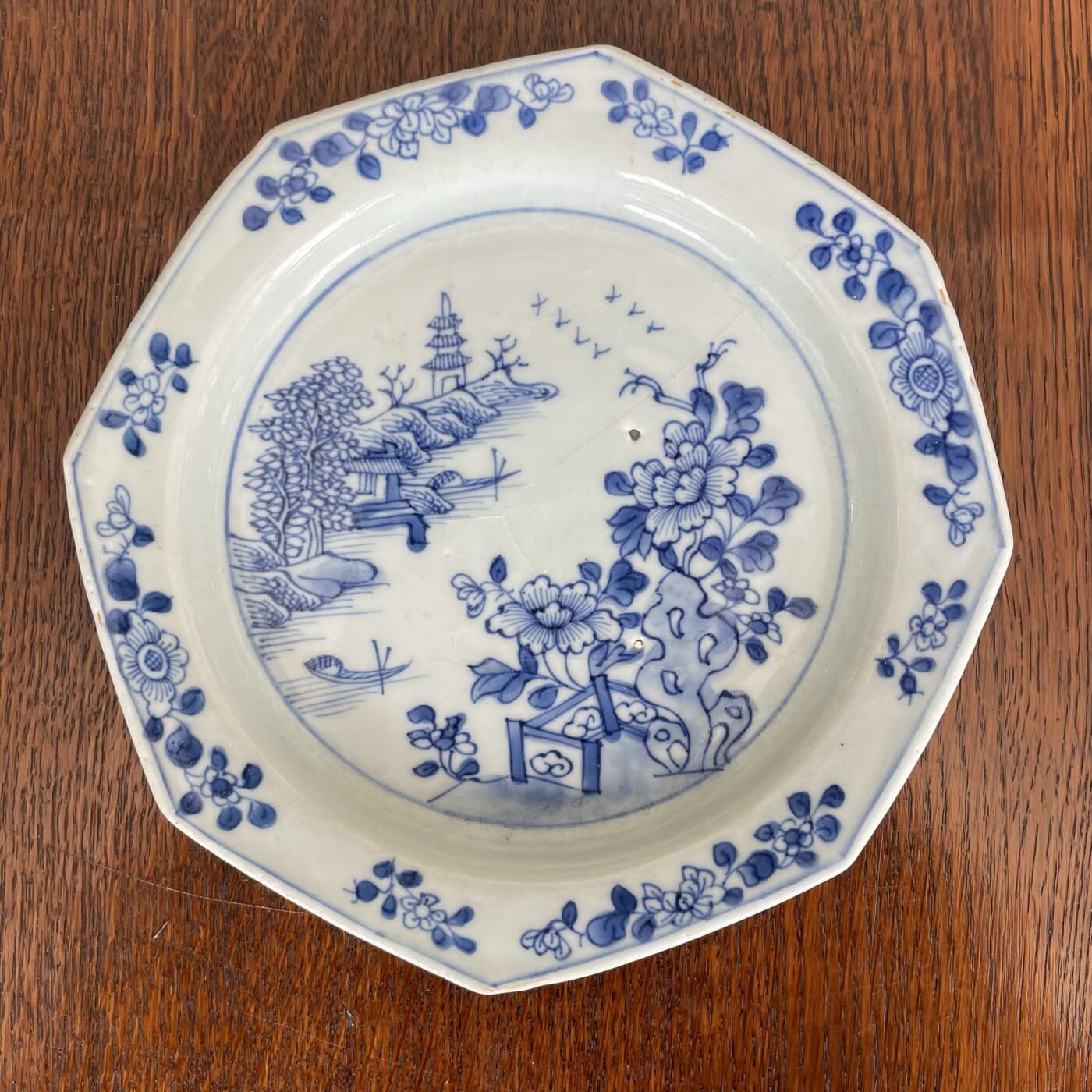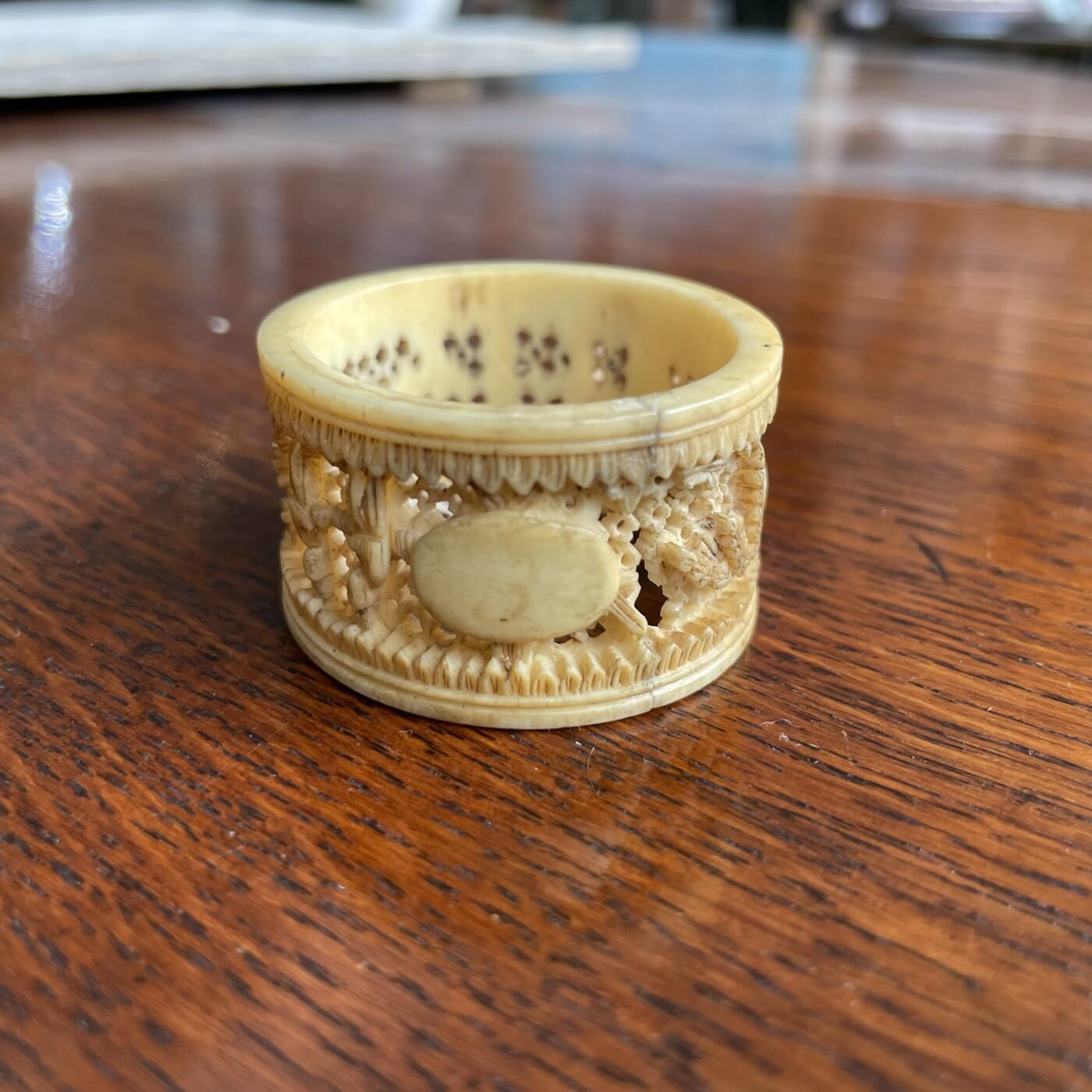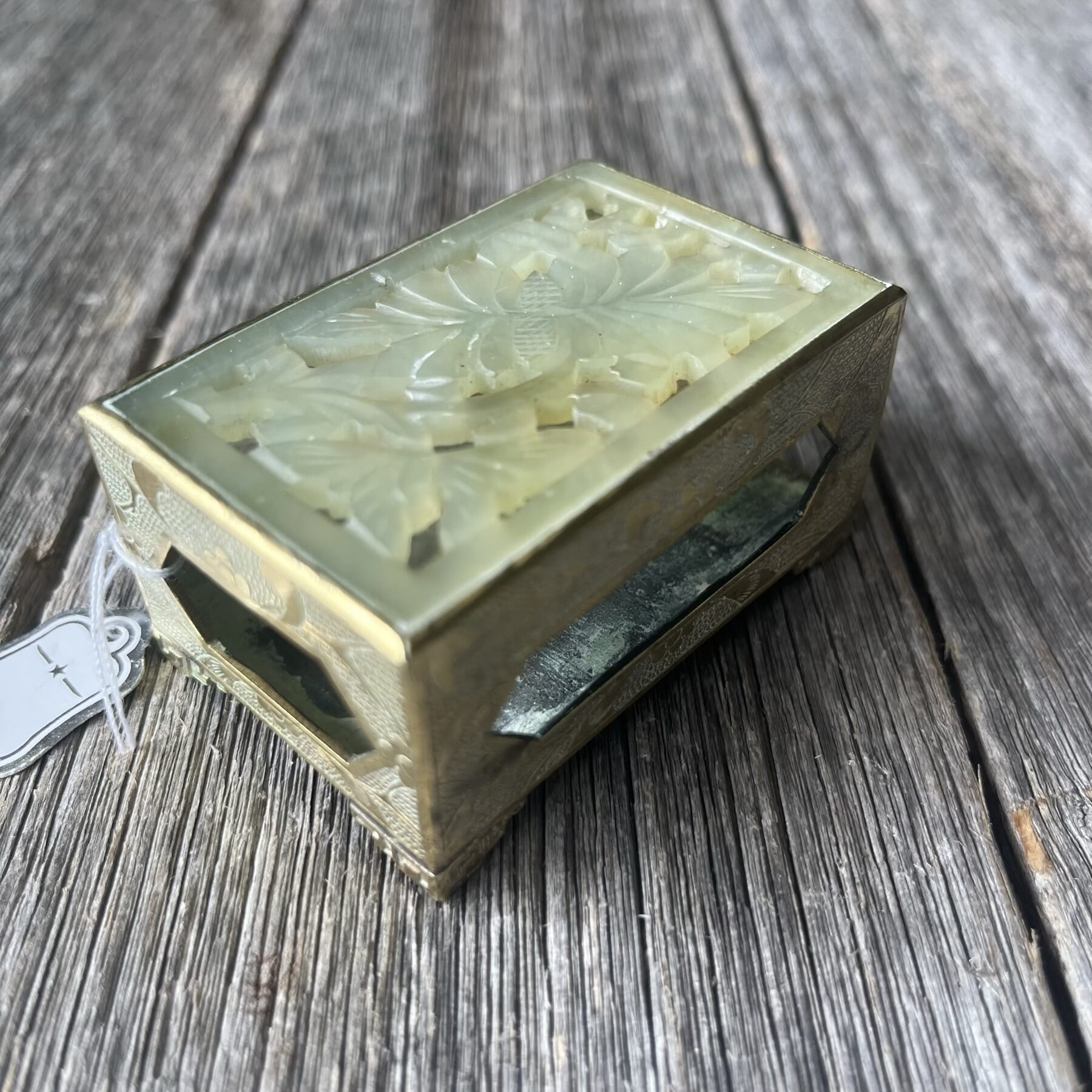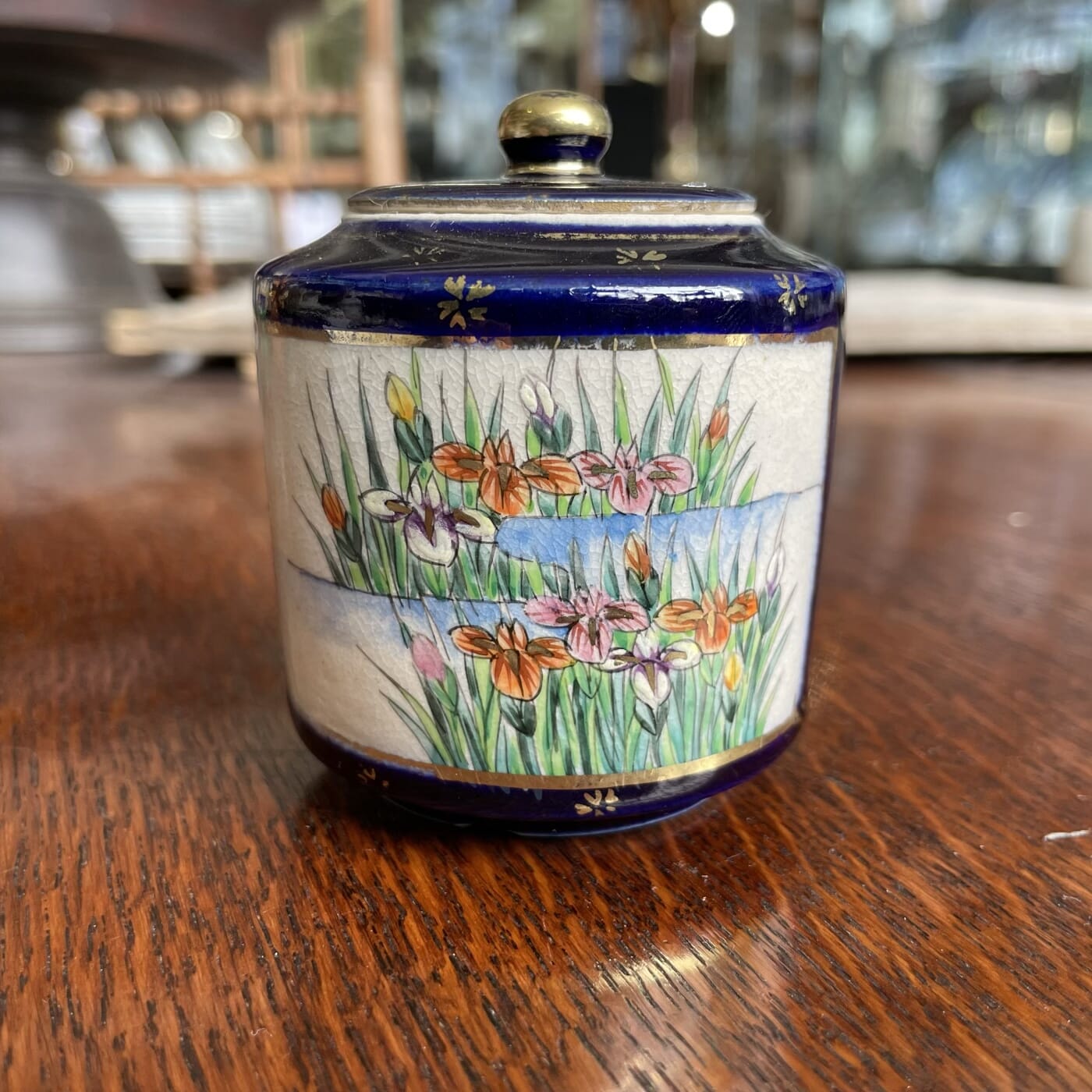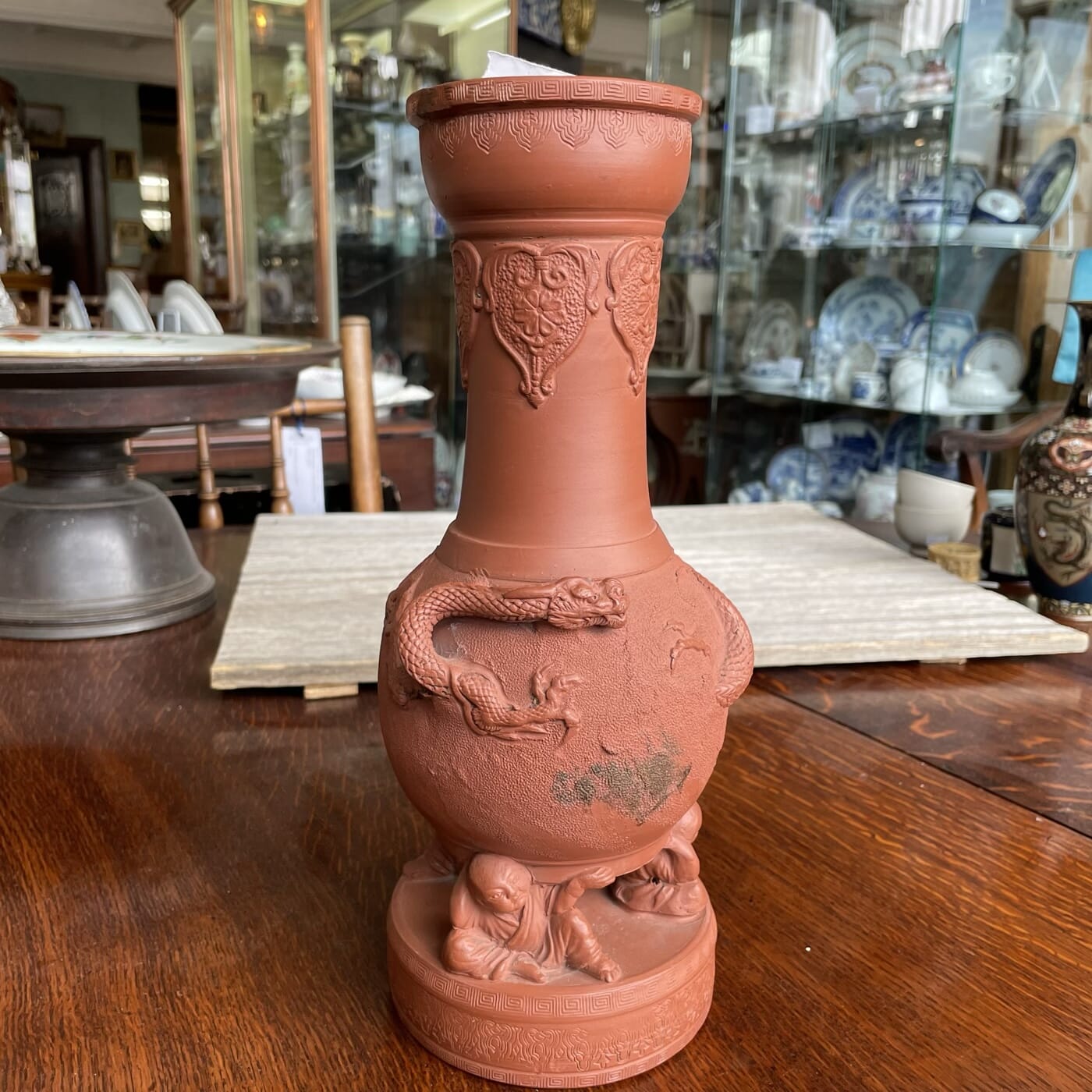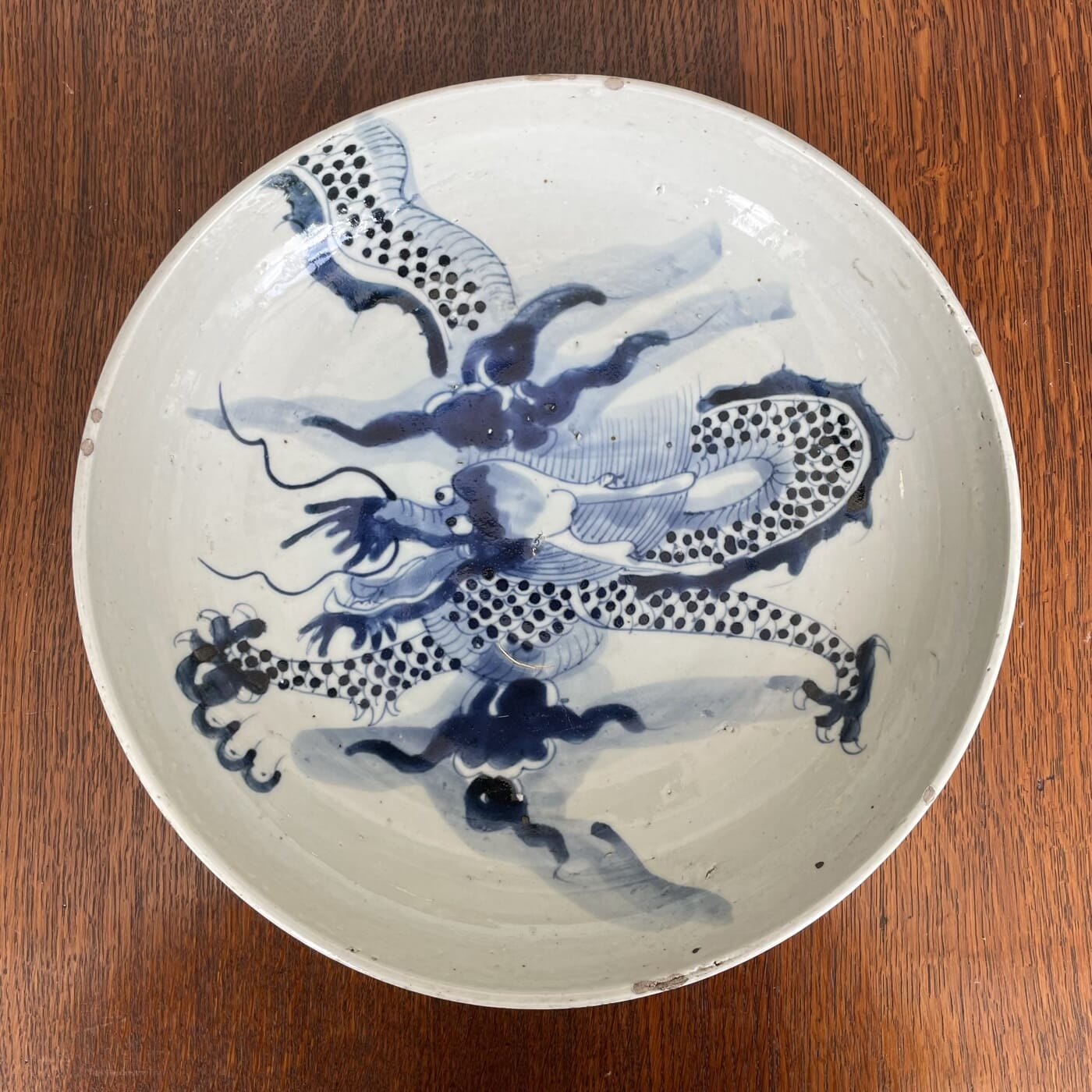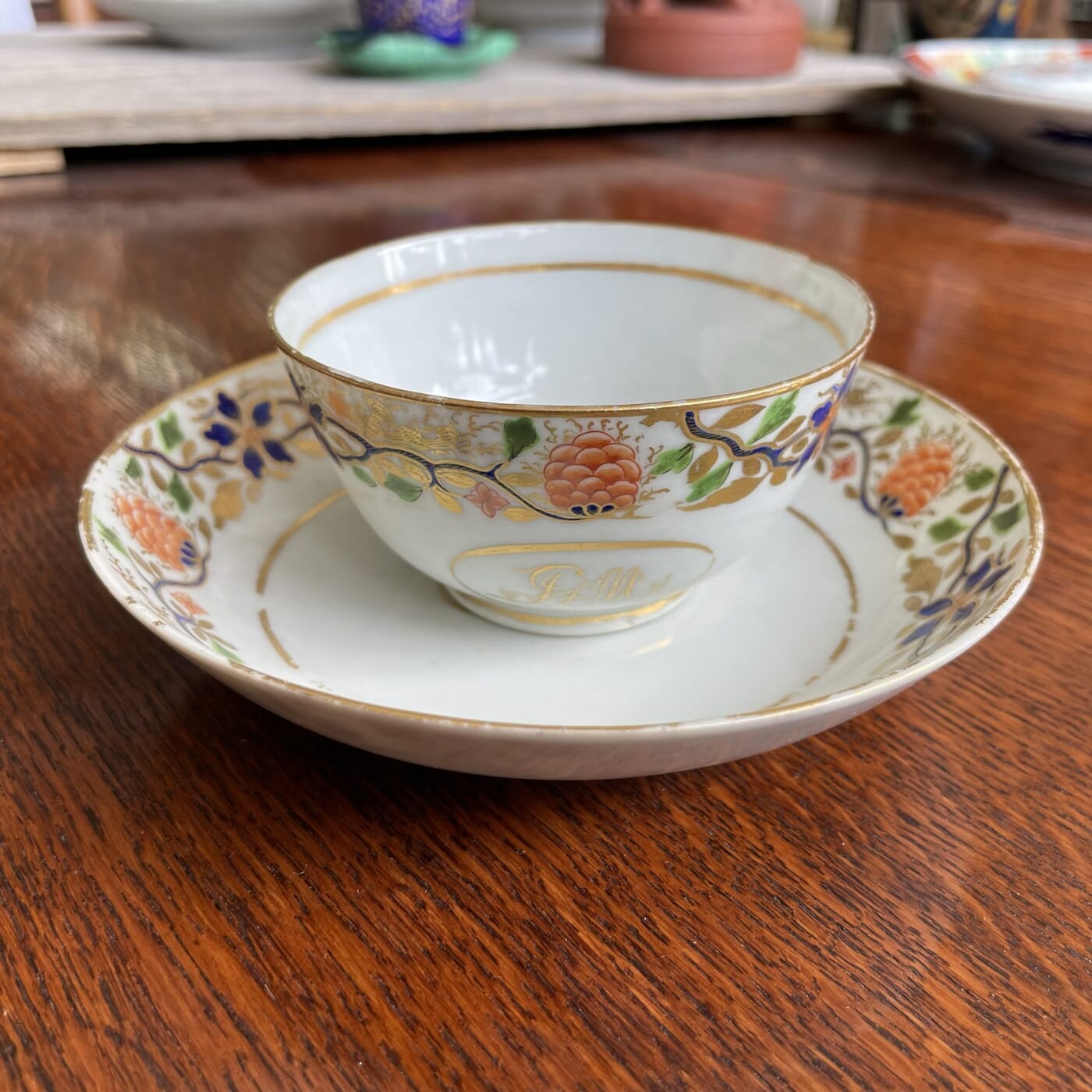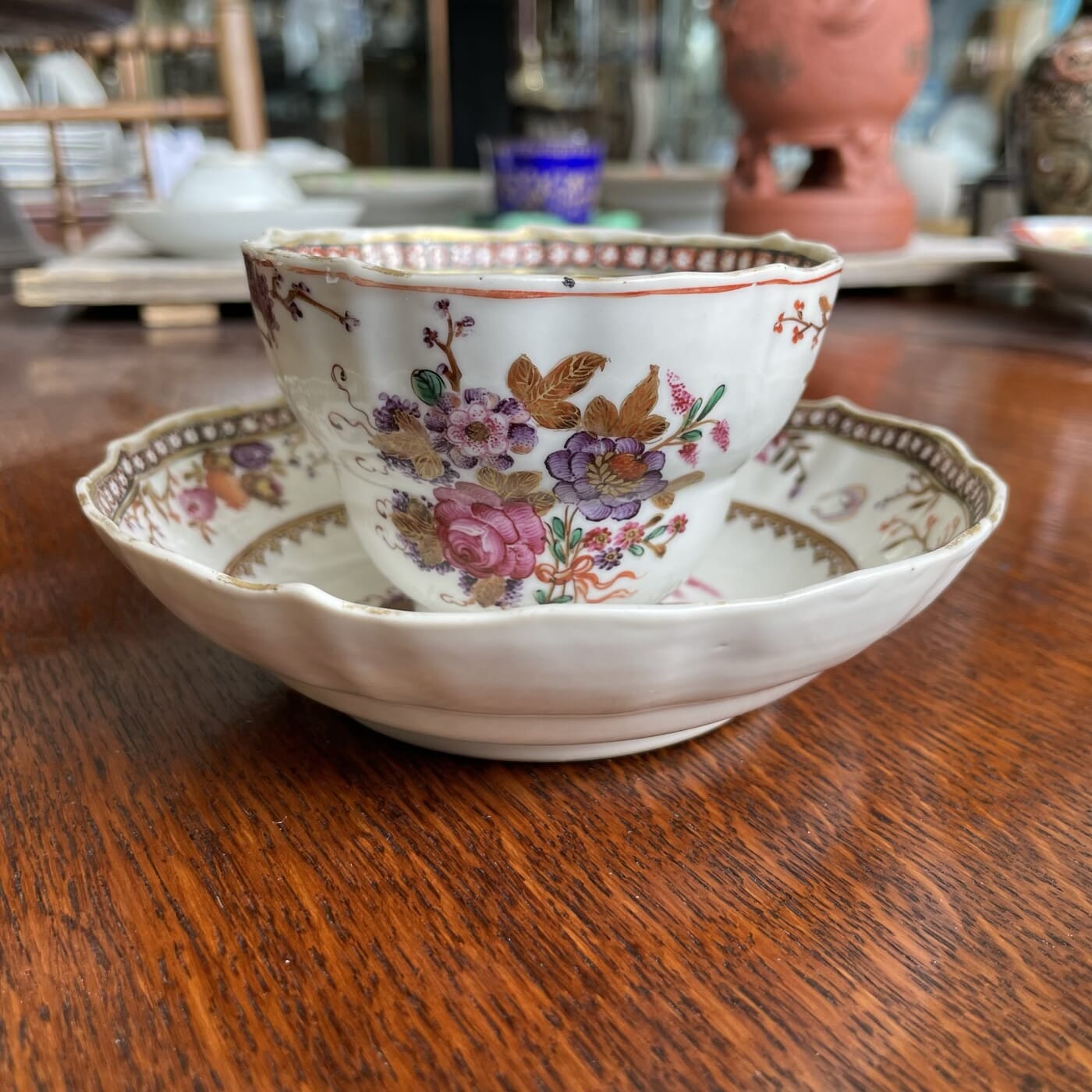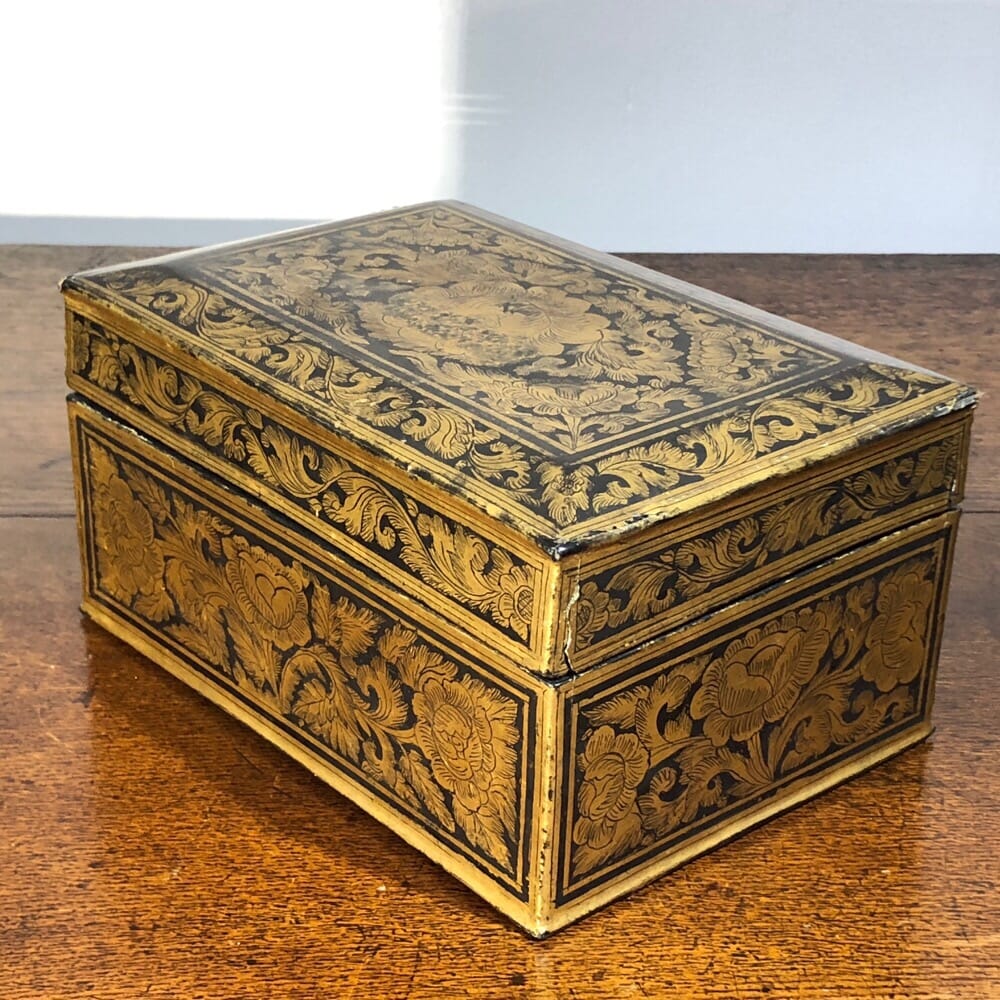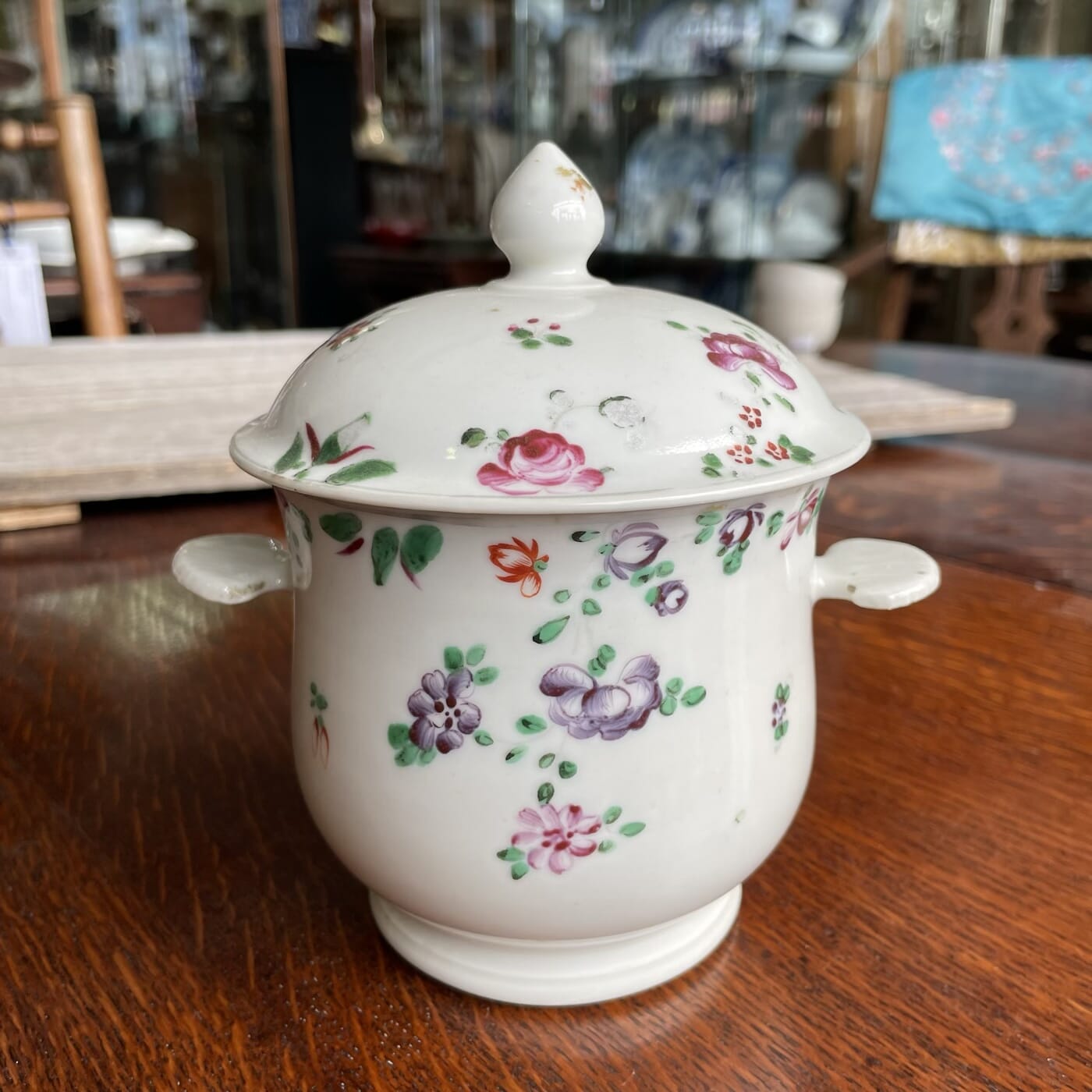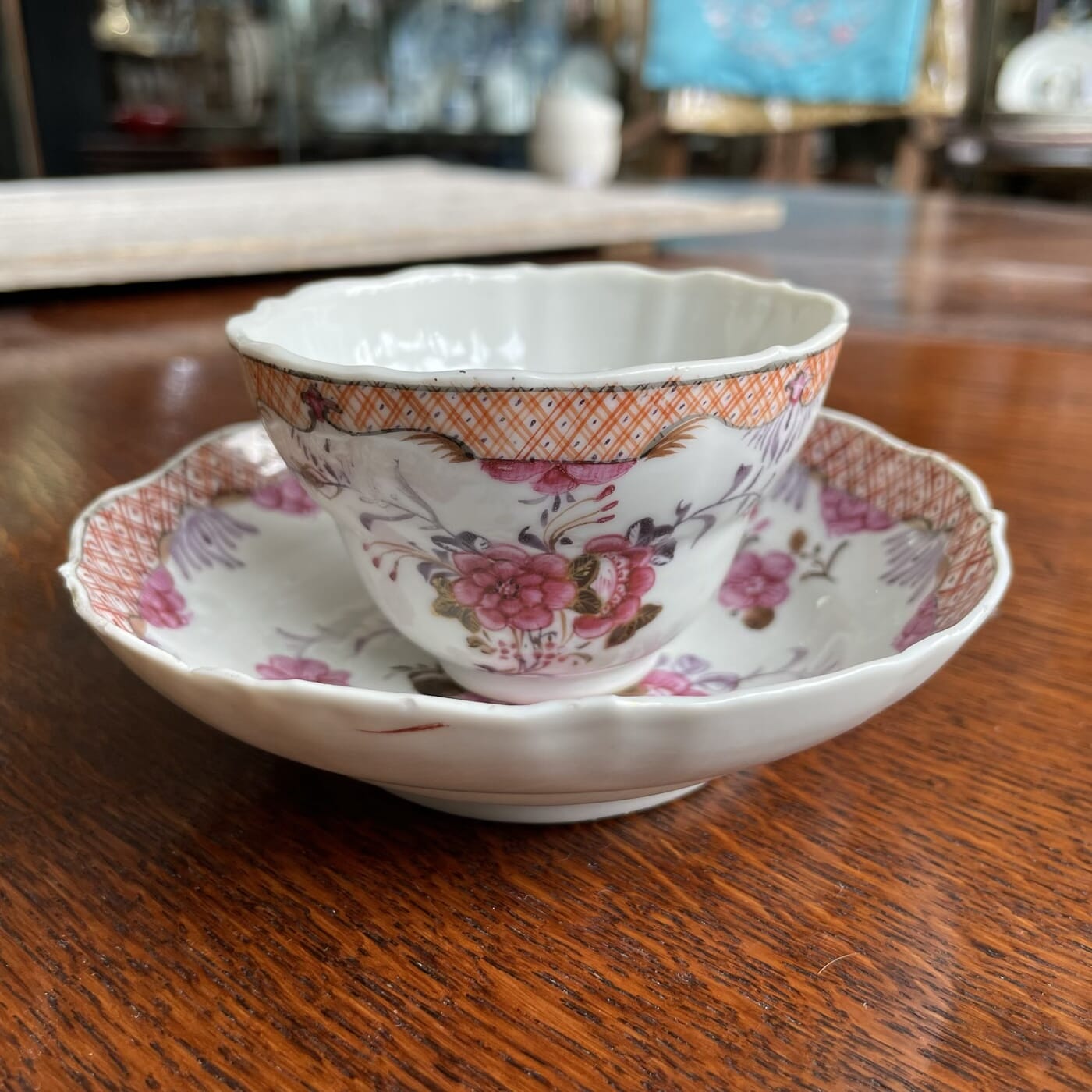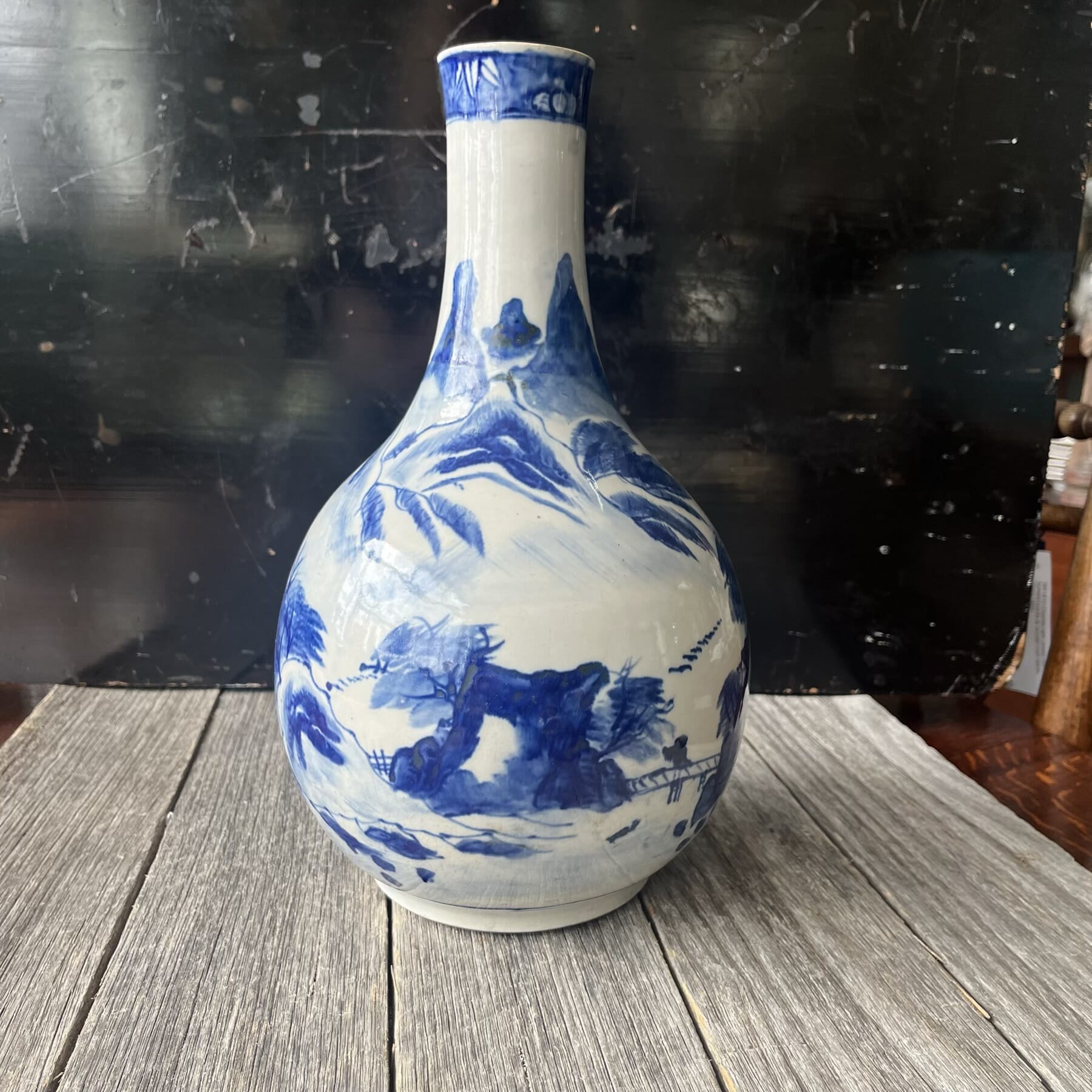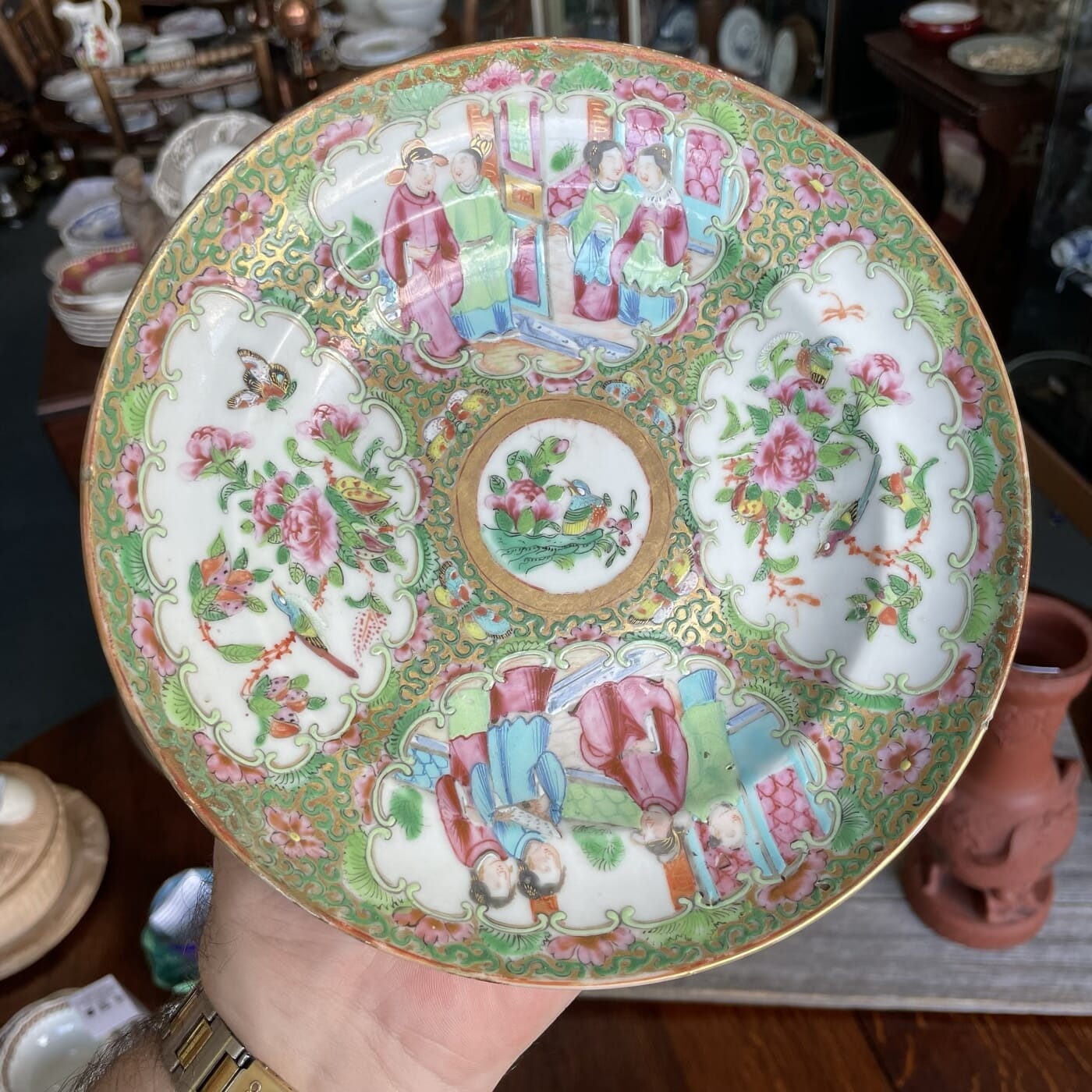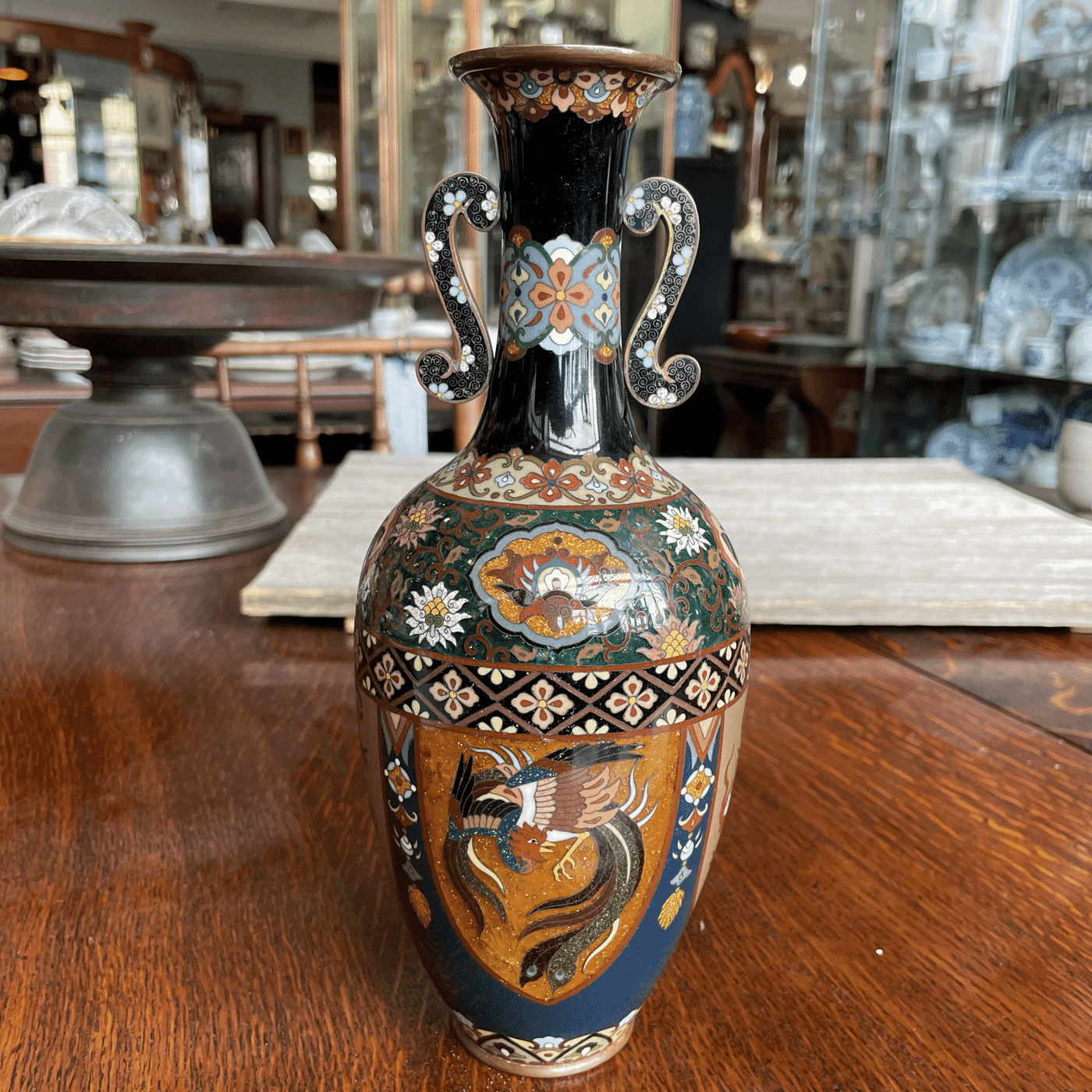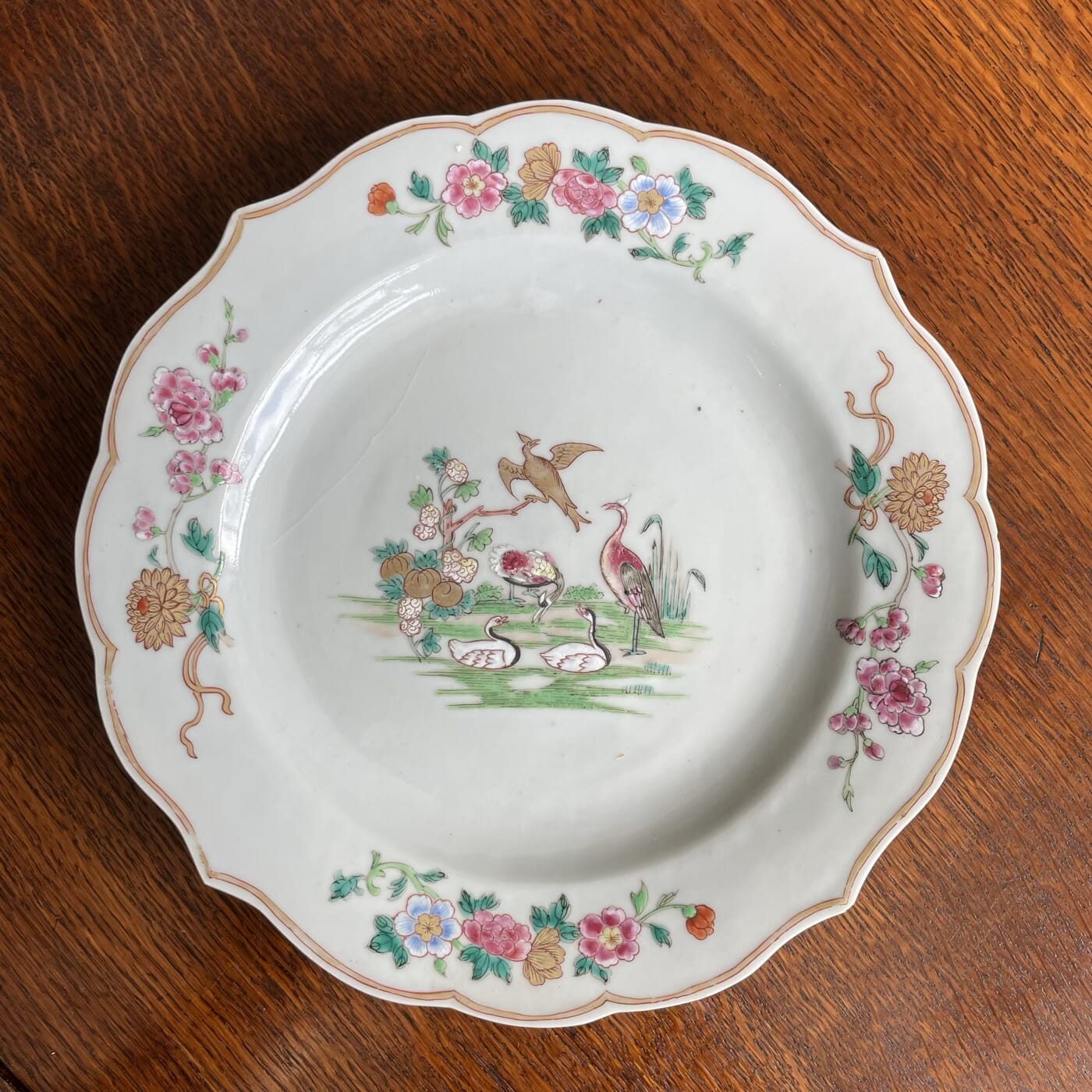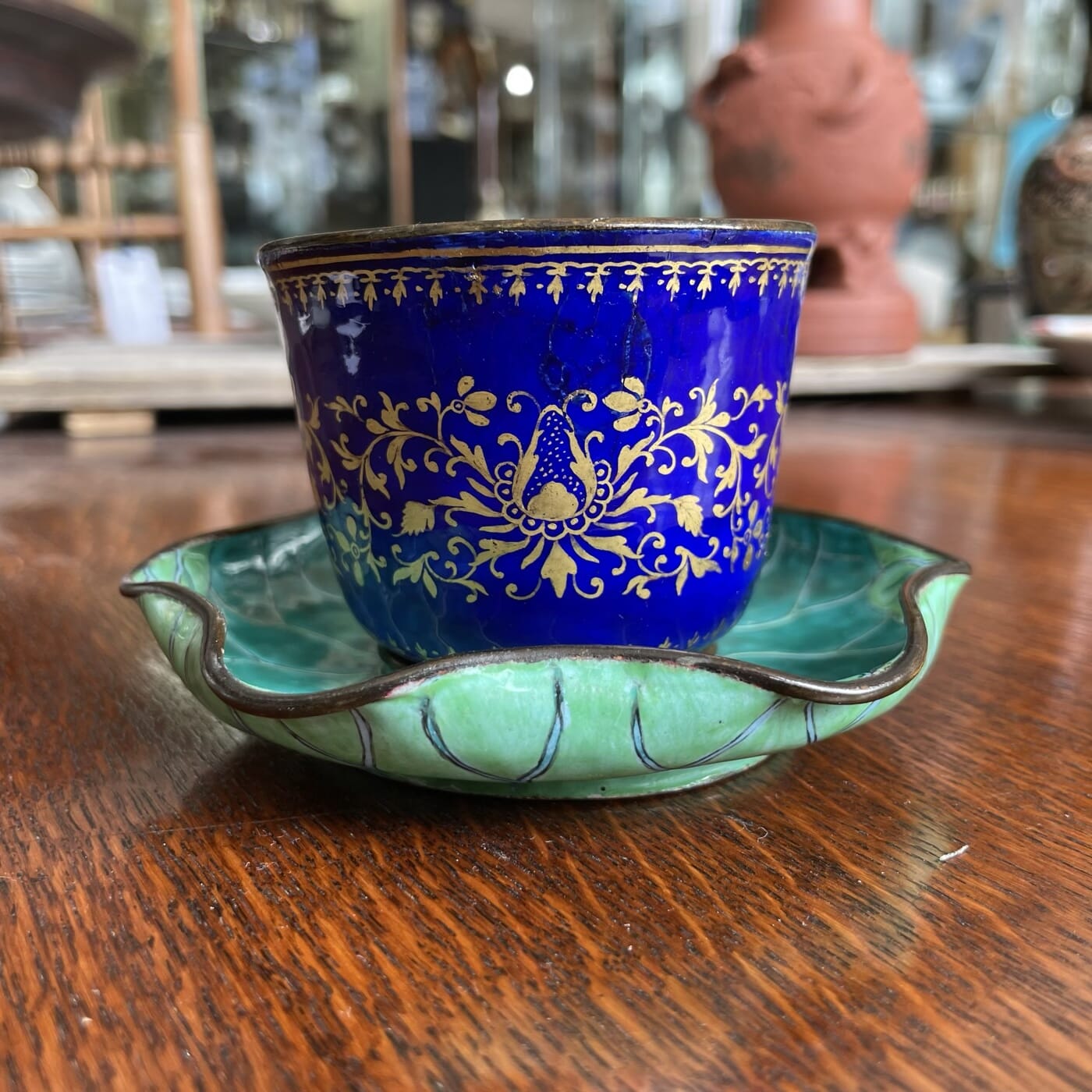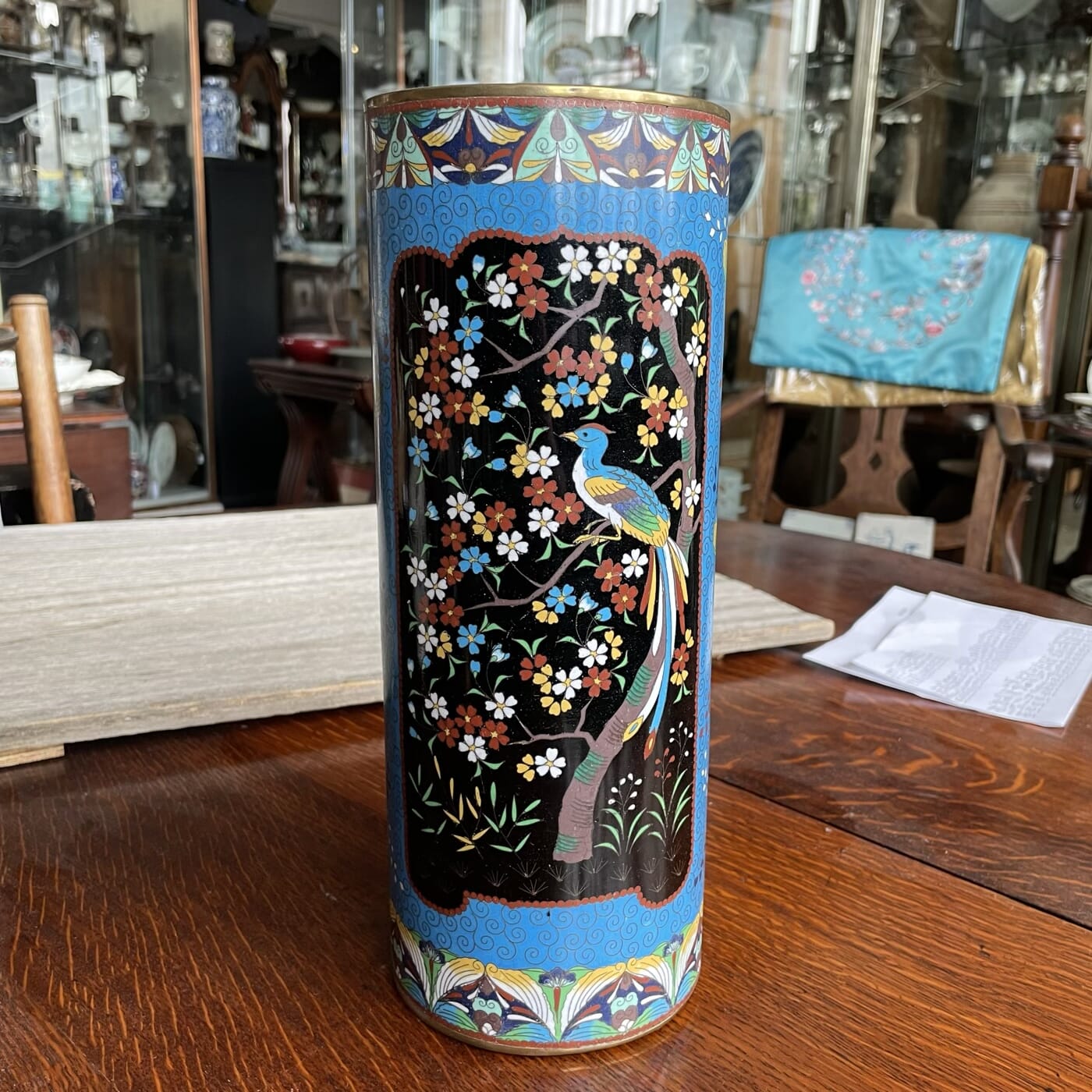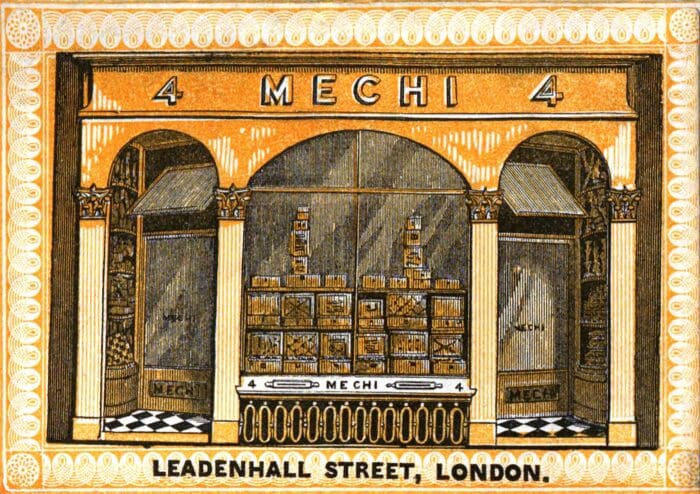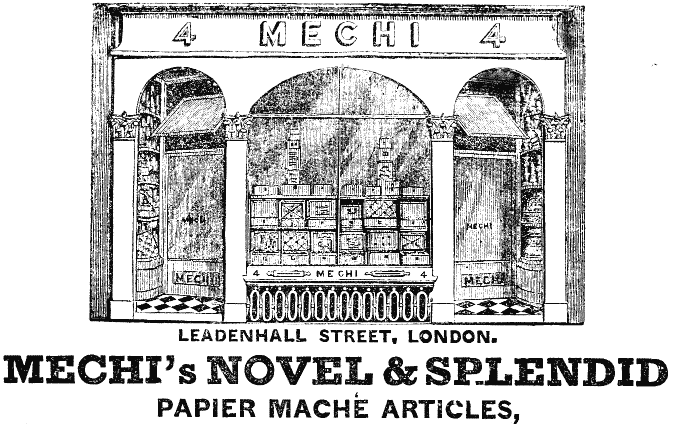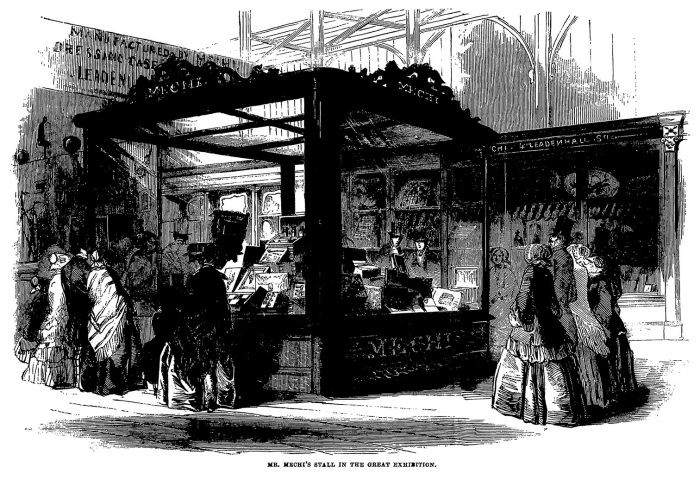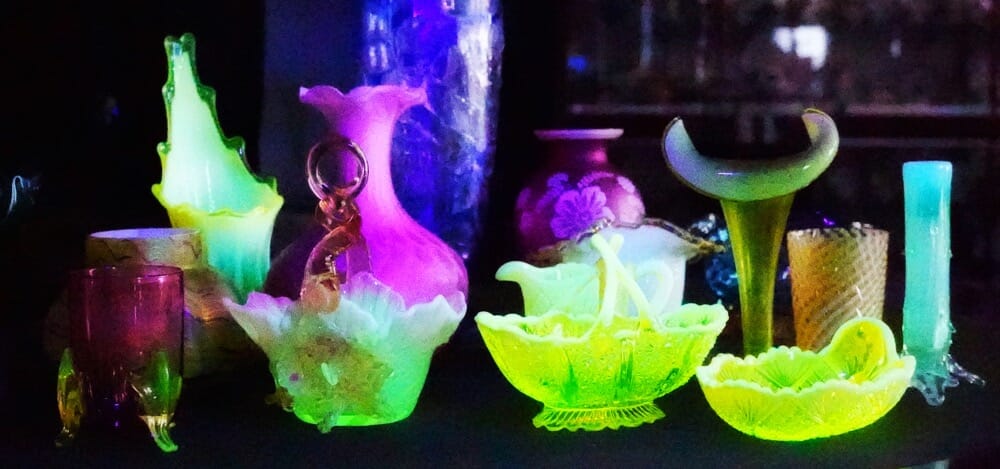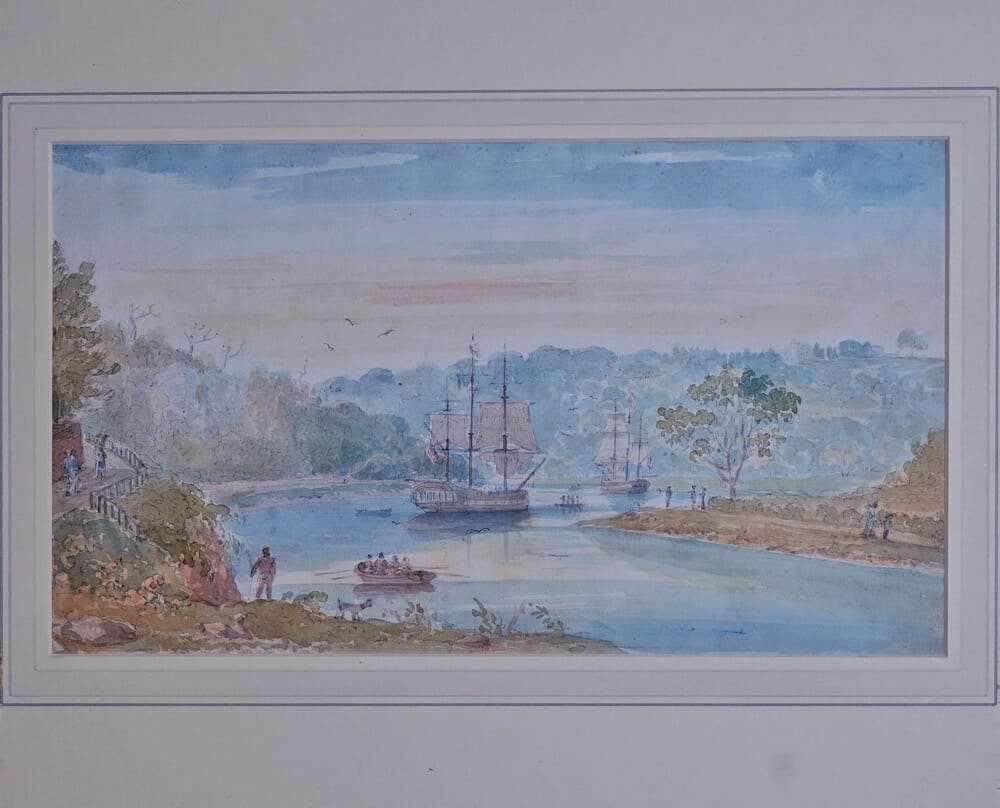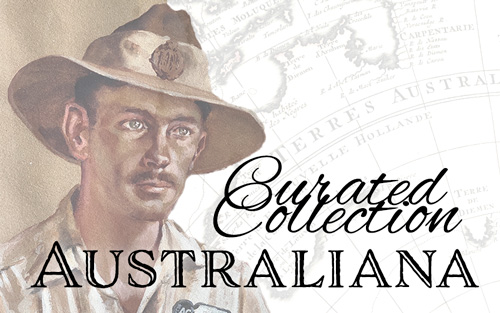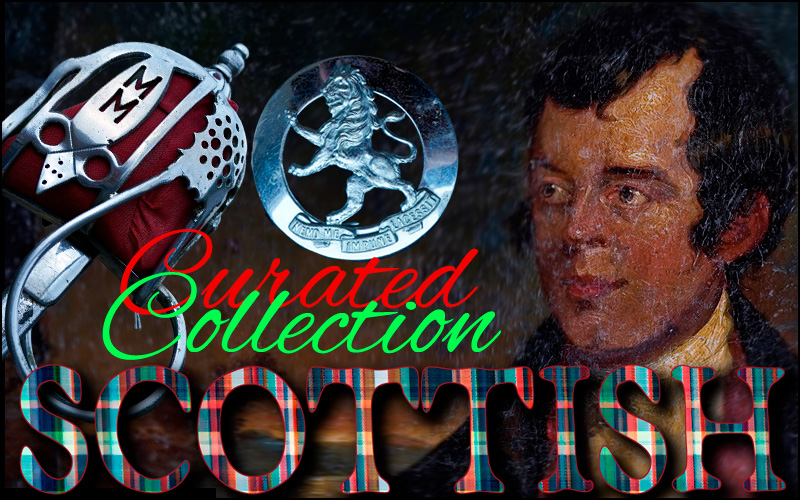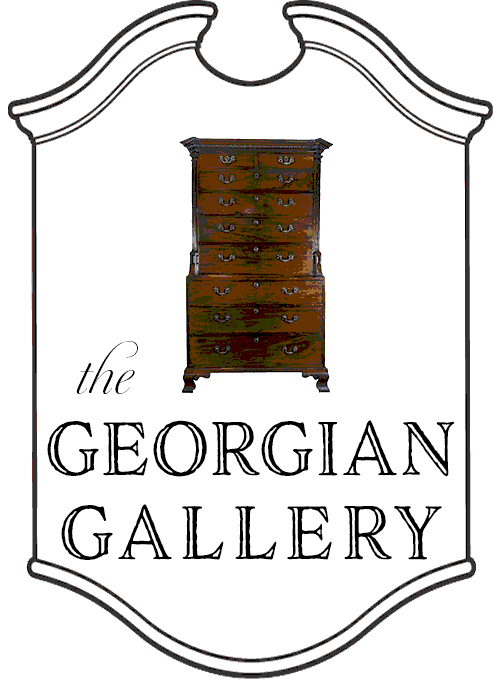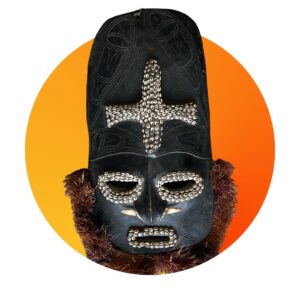
Welcome to our latest ‘Fresh Stock’ release. There’s a fine group from across the wide variety we stock, including more Sterling Silver, some terrific glass, useful furniture, and more. Featured also is a collection of Georgian Enamels.
-
 French tole tray, Victorian period with flowers & gilt, retailer Valentin Hebert, Rouen c. 1860$680.00 AUD
French tole tray, Victorian period with flowers & gilt, retailer Valentin Hebert, Rouen c. 1860$680.00 AUD -
Product on sale
 Daniel’s Teapot & Stand, shell shape with dragon spout, c. 1830$1,200.00 AUD
Daniel’s Teapot & Stand, shell shape with dragon spout, c. 1830$1,200.00 AUD -
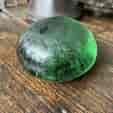 Georgian Green glass ‘dump’ doorstop/paperweight, 19th C$380.00 AUD
Georgian Green glass ‘dump’ doorstop/paperweight, 19th C$380.00 AUD -
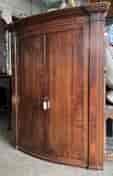 Georgian Curved front Oak Corner cupboard, C.1795$1,250.00 AUD
Georgian Curved front Oak Corner cupboard, C.1795$1,250.00 AUD -
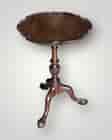 Georgian style miniature wine table, piecrust edge, 19th CSold
Georgian style miniature wine table, piecrust edge, 19th CSold -
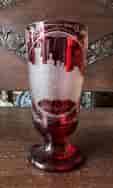 Bohemian Ruby Spa Glass, view of Stolzenfels Castle, c. 1870$395.00 AUD
Bohemian Ruby Spa Glass, view of Stolzenfels Castle, c. 1870$395.00 AUD -
 Australiana carved cedar panel of a dragon, 20th c.$145.00 AUD
Australiana carved cedar panel of a dragon, 20th c.$145.00 AUD -
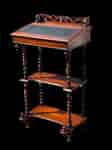 Anglo-Indian + Australian whatnot desk, teak & cedar, c. 1870$950.00 AUD
Anglo-Indian + Australian whatnot desk, teak & cedar, c. 1870$950.00 AUD -
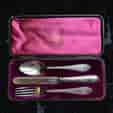 Sterling Silver boxed child’s set, Walker & Hall, Sheffield 1912$145.00 AUD
Sterling Silver boxed child’s set, Walker & Hall, Sheffield 1912$145.00 AUD -
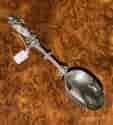 Continental silver gilt ‘Hope’ spoon, late 19th-20th Century$125.00 AUD
Continental silver gilt ‘Hope’ spoon, late 19th-20th Century$125.00 AUD -
 Sterling Christening mug, ‘Michael’ Birmingham 1931$260.00 AUD
Sterling Christening mug, ‘Michael’ Birmingham 1931$260.00 AUD -
 William Homer silver sugar tongs, c.1740$280.00 AUD
William Homer silver sugar tongs, c.1740$280.00 AUD -
 Georgian Sterling Silver Ivory handled fruit set Sheffield 1819 & 1849$980.00 AUD
Georgian Sterling Silver Ivory handled fruit set Sheffield 1819 & 1849$980.00 AUD -
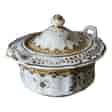 Ridgways sucrier, part. 2/1150, gilt & dawn ground, Circa 1825$245.00 AUD
Ridgways sucrier, part. 2/1150, gilt & dawn ground, Circa 1825$245.00 AUD -
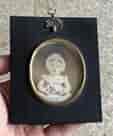 Portrait miniature of a small girl with rose, early 19th centurySold
Portrait miniature of a small girl with rose, early 19th centurySold -
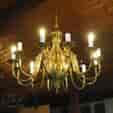 Large brass Dutch style chandelier, 12-arm electrified$950.00 AUD
Large brass Dutch style chandelier, 12-arm electrified$950.00 AUD -
 Glass dump paperweight , 19th C$245.00 AUD
Glass dump paperweight , 19th C$245.00 AUD -
 Early Victorian Mahogany dropside table c.1840$950.00 AUD
Early Victorian Mahogany dropside table c.1840$950.00 AUD -
 Mahogany dropside table with fine square legs and brass castors, c. 1800$950.00 AUD
Mahogany dropside table with fine square legs and brass castors, c. 1800$950.00 AUD -
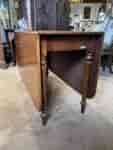 Victorian faded mahogany dropside table, c. 1845$650.00 AUD
Victorian faded mahogany dropside table, c. 1845$650.00 AUD -
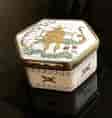 French hexagonal Chinoiserie enamel box, c. 1900$295.00 AUD
French hexagonal Chinoiserie enamel box, c. 1900$295.00 AUD -
 Sterling Silver small ladle, Mary Tudor & Phillip Sixpence 1554 – Edinburgh 1809 mount$645.00 AUD
Sterling Silver small ladle, Mary Tudor & Phillip Sixpence 1554 – Edinburgh 1809 mount$645.00 AUD -
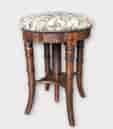 French piano stool with simulated bamboo legs, inlay, c. 1830$570.00 AUD
French piano stool with simulated bamboo legs, inlay, c. 1830$570.00 AUD -
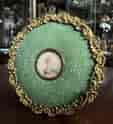 French snuff box, shargreen & inlaid portrait miniature, gilt metal mounts, c. 1860$780.00 AUD
French snuff box, shargreen & inlaid portrait miniature, gilt metal mounts, c. 1860$780.00 AUD -
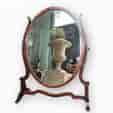 Elegant Georgian mahogany dressing table mirror, c. 1770$1,350.00 AUD
Elegant Georgian mahogany dressing table mirror, c. 1770$1,350.00 AUD
Tudor Silver!
A fascinating piece of Sterling Silver has a story to tell.
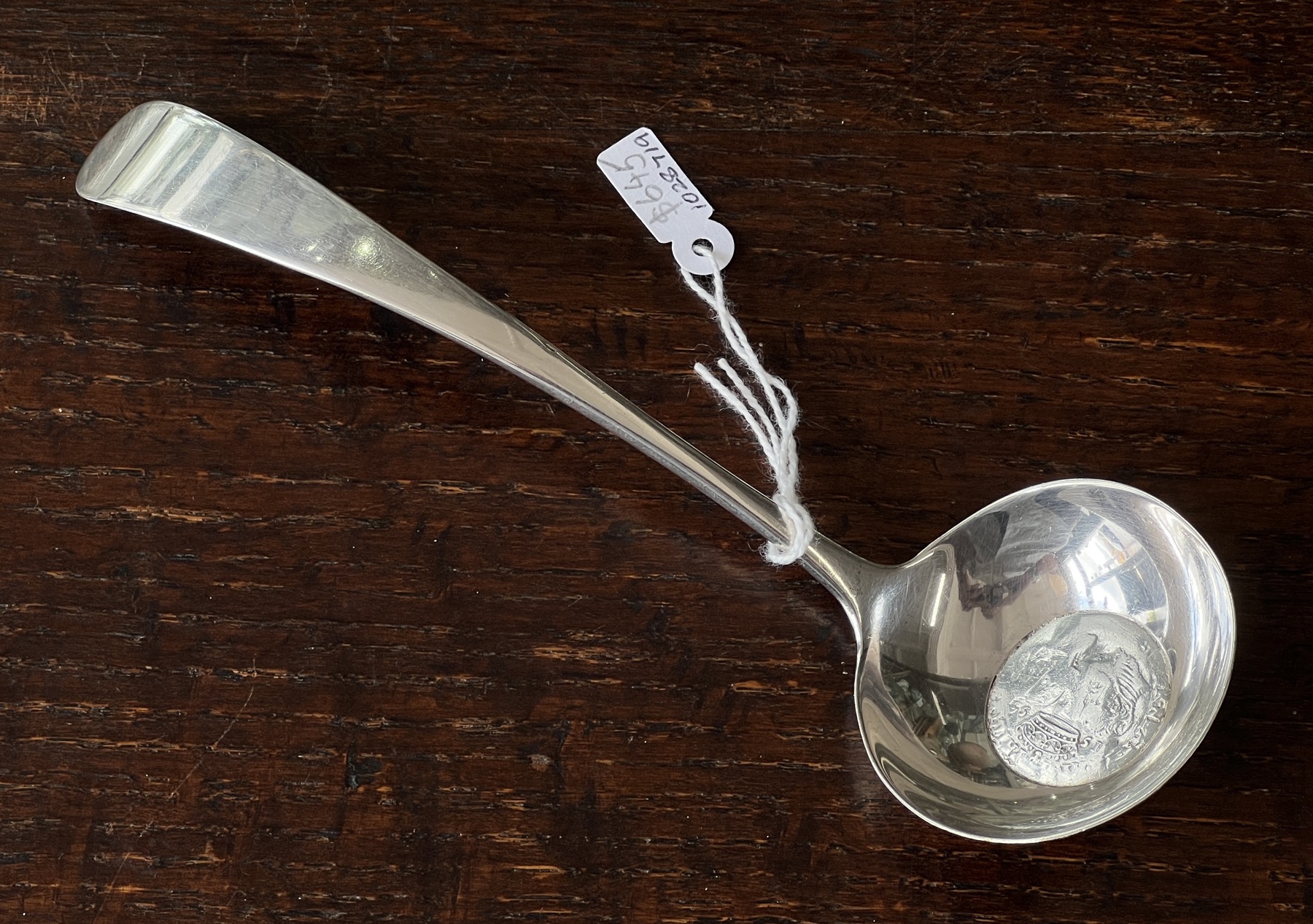
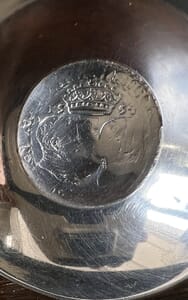
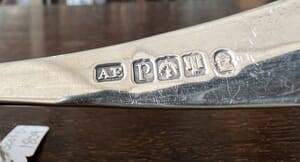
It’s Scottish Sterling Silver from the Georgian era, made in Edinburgh in 1809. That alone makes it an item of interest.
However, the base of the bowl is a flat disk: coin-like, in fact….. and when you look closely, the heads of a King & Queen are visible, along with the date ‘1554’. This is a ‘Coin Spoon’. Incorporating coins as bowls in spoons is common in the later 19th century, when they often used obsolete Georgian currency. The silver of the coin, of course, is literally ‘Sterling’ – guaranteed by the Crown to be consistently 92.5%, or .925 parts silver. This meant the entire creation could be assayed as ‘Sterling’ correctly.
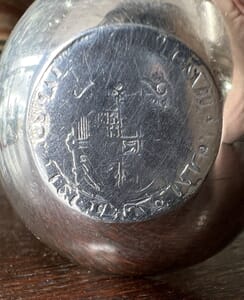

source: Wikipedia, original in Bedford Collection, Woburn Abbey
Any coin collector must by now be recoiling in horror! This is a rare coin, a commemorative for the marriage of Mary Tudor to Phillip II of Spain.
This is the Mary known to us as ‘Bloody Mary’….. She was the daughter of Henry VIII and Catherine of Aragon, and strongly Catholic. When her young half-brother, King Edward VI, died aged 15 in 1553, and the removal of the inconvenient Lady Jane Grey from the throne, she ascended the throne as Mary I. The marriage to Phillip II of Spain – her cousin – was her attempt to secure the throne for the Catholic cause; unfortunately the crisis which her father had created by breaking away from the Catholic world meant this was no simple task. Ruling with an iron fist, she had religious opponents killed. Her reign was short, lasting just 4 years until her death in 1558. Waiting patiently in the wings was the ‘Virgin Queen’, Elizabeth I, whose long reign was to lay the foundations for the mighty British Empire that followed in the next few centuries.
In good condition, one might bring over £2,000 today; this example….. probably not!
Georgian Enamels
We have a fine group of these small treasures – the rarest being a ‘cameo’ decorated example, circa 1795. This is directly imitating the Wedgwood jasperware examples of the period, and is the only example of this type we have seen.
-
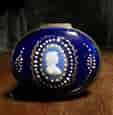 Rare English Enamel patchbox with ‘Cameo’ lid in Wedgwood style, c. 1790$760.00 AUD
Rare English Enamel patchbox with ‘Cameo’ lid in Wedgwood style, c. 1790$760.00 AUD -
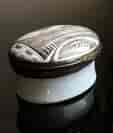 English enamel patch box, ‘Crescent Buxton’ print, c. 1790$680.00 AUD
English enamel patch box, ‘Crescent Buxton’ print, c. 1790$680.00 AUD -
 English enamel patch box, ‘Trifle from Rugby’ with green base, c. 1800$385.00 AUD
English enamel patch box, ‘Trifle from Rugby’ with green base, c. 1800$385.00 AUD -
 ‘Peace’ enamel patch box, birds drinking from bird bath, c. 1810Sold
‘Peace’ enamel patch box, birds drinking from bird bath, c. 1810Sold -
 French hexagonal Chinoiserie enamel box, c. 1900$295.00 AUD
French hexagonal Chinoiserie enamel box, c. 1900$295.00 AUD

